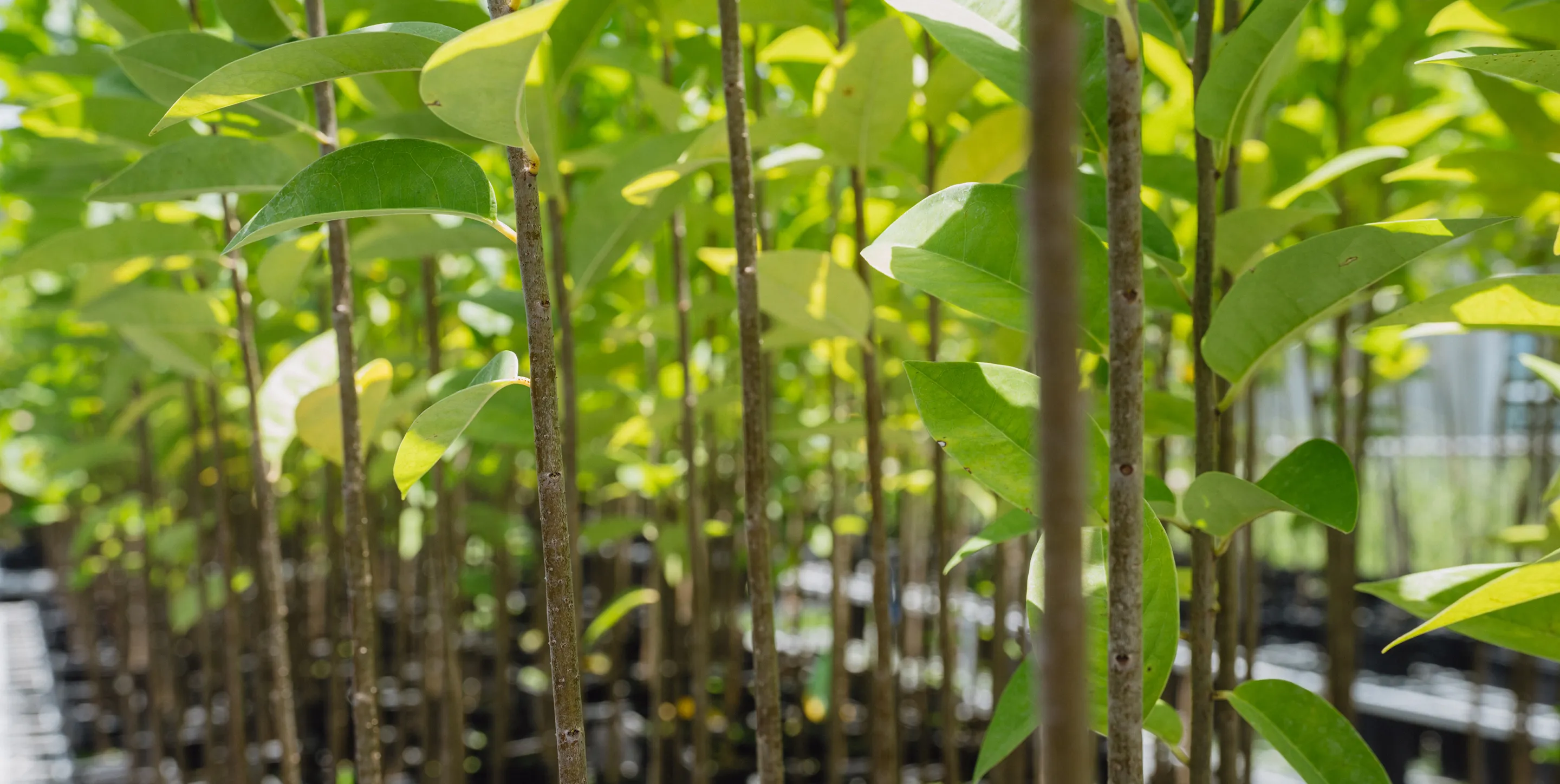
It’s been seven years since 11th Hour Racing first began funding organizations in Puerto Rico - identifying ecosystems under threat, regenerating critical coastal habitats, and engaging local populations in their many and varied sustainability projects. This is the story of our grantees, and why the work they do is so important to the people and the wildlife of these beautiful Caribbean islands and the ocean that surrounds them.


Puerto Rico has shown remarkable resilience in the face of extreme weather. Over the past seven years, the island has endured three ‘once-in-a-generation’ climate events – Hurricane Maria in 2017, Hurricane Fiona in 2022, and Hurricane Ernesto in 2024 – each leaving a lasting impact. As a result, ‘The Island of Enchantment’ has been engaged in a years-long effort to restore its natural defenses against future storms.
Historically the island’s ecology has been resilient enough to defend its shorelines and recover but, to keep pace with a changing planet, a helping hand has been required more and more – whether that’s from the U.S. federal or Puerto Rican authorities; global, regional and local non-governmental organizations (NGOs); or locals and island natives doing what they can to help their own island’s ecosystems survive and thrive.
At 11th Hour Racing, we’ve been collaborating with four key partners in Puerto Rico to restore ecosystems that serve as the island’s first line of defense against storm surges. The work of our grantees – The Ocean Foundation; The Vieques Conservation and Historical Trust; Protectores de Cuencas; and BoriCorps (an arm of Franklin’s Promise Coalition) – is embedded in the communities they serve and includes a wide range of activities, from increasing stewardship of coastal ecosystems amongst local volunteers to large-scale mangrove replanting projects, including one in Jobos Bay that’s proudly the largest mangrove restoration effort ever attempted in North America.
Nicole Pillot, Jobos Bay native and BoriCorps Member“[Hurricane] Maria was a wakeup call for a lot of people. We all realized we’ve got to go out and support our neighbors in need.”
Our grant program was established in 2013 and, five years later, we introduced Ecosystem Restoration to our strategy when we awarded our first grant to The Ocean Foundation in Puerto Rico. At that point, its work was a direct response to one of the largest storm events to impact the island.
Hurricane Maria decimated Puerto Rico in September 2017, accounting for almost 3000 deaths. That made it the deadliest hurricane in the territory since records began, and caused more than $91.61 billion in damage. Between then and now, two more extreme tropical cyclones have made landfall in Puerto Rico – Fiona in 2022 caused an island-wide blackout while Ernesto in 2024 forced water outages and resulted in half the island losing all power.
In addition to devastating islanders' lives, the powerful waves and intense tides from these events have repeatedly destroyed critical ecosystems; therefore, without intervention, they face an increasing risk of permanent loss. This includes the extensive mangrove forests and seagrass meadows that serve as natural coastal defenses, as well as the renowned bioluminescent bay on Vieques. Our grantees focus on working with nature whenever possible to promote sustainable regeneration and long-term resilience. Let’s take a closer look at the efforts of our four partners in Puerto Rico.
Mangroves 101
What is a mangrove?
A mangrove is a salt-tolerant tree or shrub that grows in coastal intertidal zones, providing crucial habitat for wildlife and protecting shorelines.
Where are they usually found?
Mangroves are typically found in tropical and subtropical coastal regions, thriving in brackish water where freshwater meets the sea. In Puerto Rico, they are mainly located along the coasts, especially in areas like the Piñones State Forest near San Juan on the north coast and Jobos Bay and La Parguera in the south.
How long do they take to grow?
Mangroves grow at varying rates, with some species taking up to 10 years to reach maturity. Those grown in our grantees’ mangrove nurseries usually need at least 12 months before they can be exposed to their natural habitat.
How tall do they grow?
Mangroves can range from just a few feet in height to over 200 feet in some areas of West Africa. In Puerto Rico they typically grow to a height between 10 and 50 feet.
How many types are there?
There are about 80 species of mangroves worldwide. Puerto Rico has three main types: red mangrove (Rhizophora mangle), black mangrove (Avicennia germinans), and white mangrove (Laguncularia racemosa).
Why are they so important?
Mangroves are incredible at protecting coastlines from erosion and storm surges - a 200-meter border of mangroves can reduce the energy of one wave by 75%. They also support fisheries by providing nurseries for marine life, store large amounts of carbon, and help maintain water quality by filtering pollutants.

The Ocean Foundation
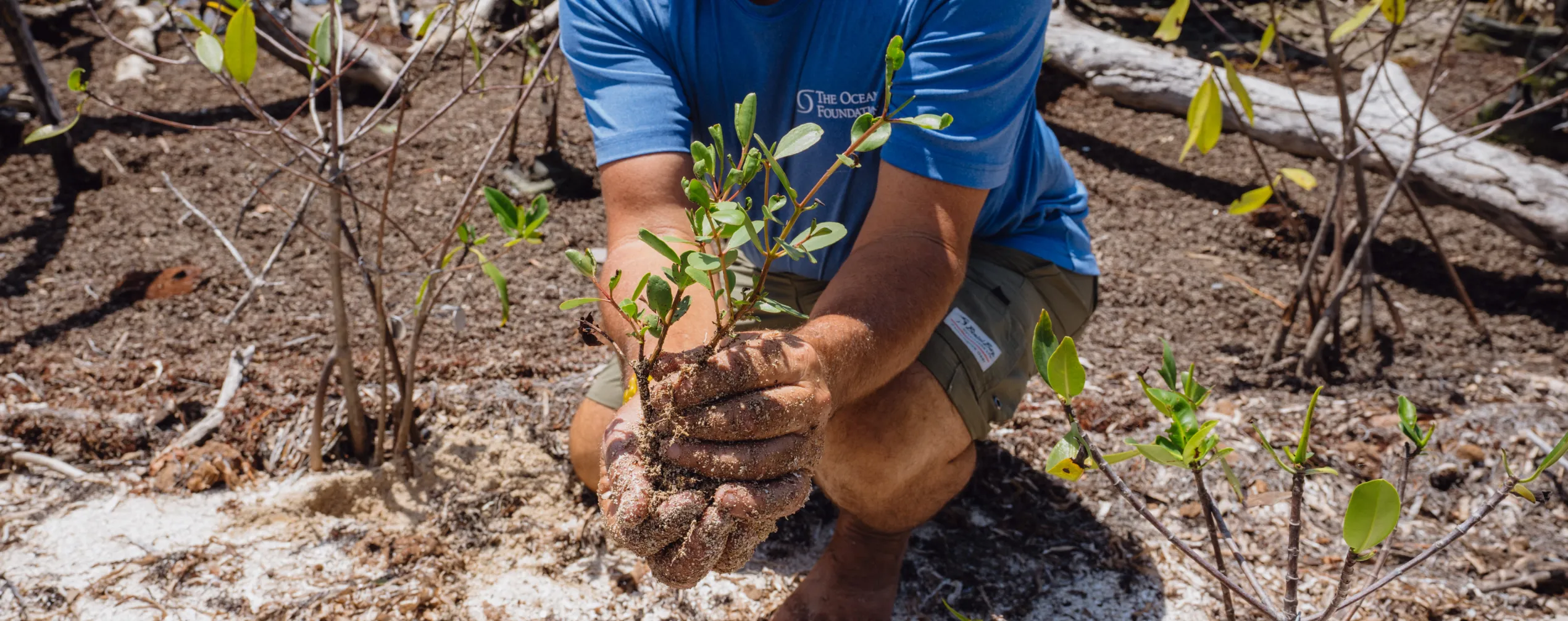

1,445 acres
>100 ppt
15,697

The Ocean Foundation is a lynchpin organization and the grantee in Puerto Rico that we’ve partnered with for the longest. Since we first engaged with them in 2018, their excellent work has restored hundreds of acres of mangrove forests as well as significant areas of seagrass meadows, especially in and around the crucial Jobos Bay National Estuarine Research Reserve (JBNERR). These ecosystems were severely damaged or destroyed by Hurricane Maria (and affected again by Fiona in 2022 and Ernesto in 2024).
Besides the re-establishment of core ecosystems on the Puerto Rican coast, restoring seagrass and mangroves in this area will contribute to long-term wind and flood protection for the surrounding communities. Crucially, in light of the impacts of the recent cyclones, these communities include a power plant providing 9% of the entire island's electrical capacity and, next door, the largest solar panel farm in Puerto Rico.
On top of the work itself, The Ocean Foundation coordinates with many of our other partners - especially BoriCorps (Franklin’s Promise Coalition) and the Vieques Conservation and Historical Trust. Sharing information, successes and resources is making everyone’s hard work on the ground in Puerto Rico more impactful, together achieving more than ever before.
Mission Statement
Leading efforts to restore and rehabilitate mangrove forests and seagrass meadows, especially in and around the important Jobos Bay area, to help Puerto Rico’s coastal communities and their ecosystems thrive in the face of a changing climate and the increasing regularity of major meteorological events that threaten island habitats.
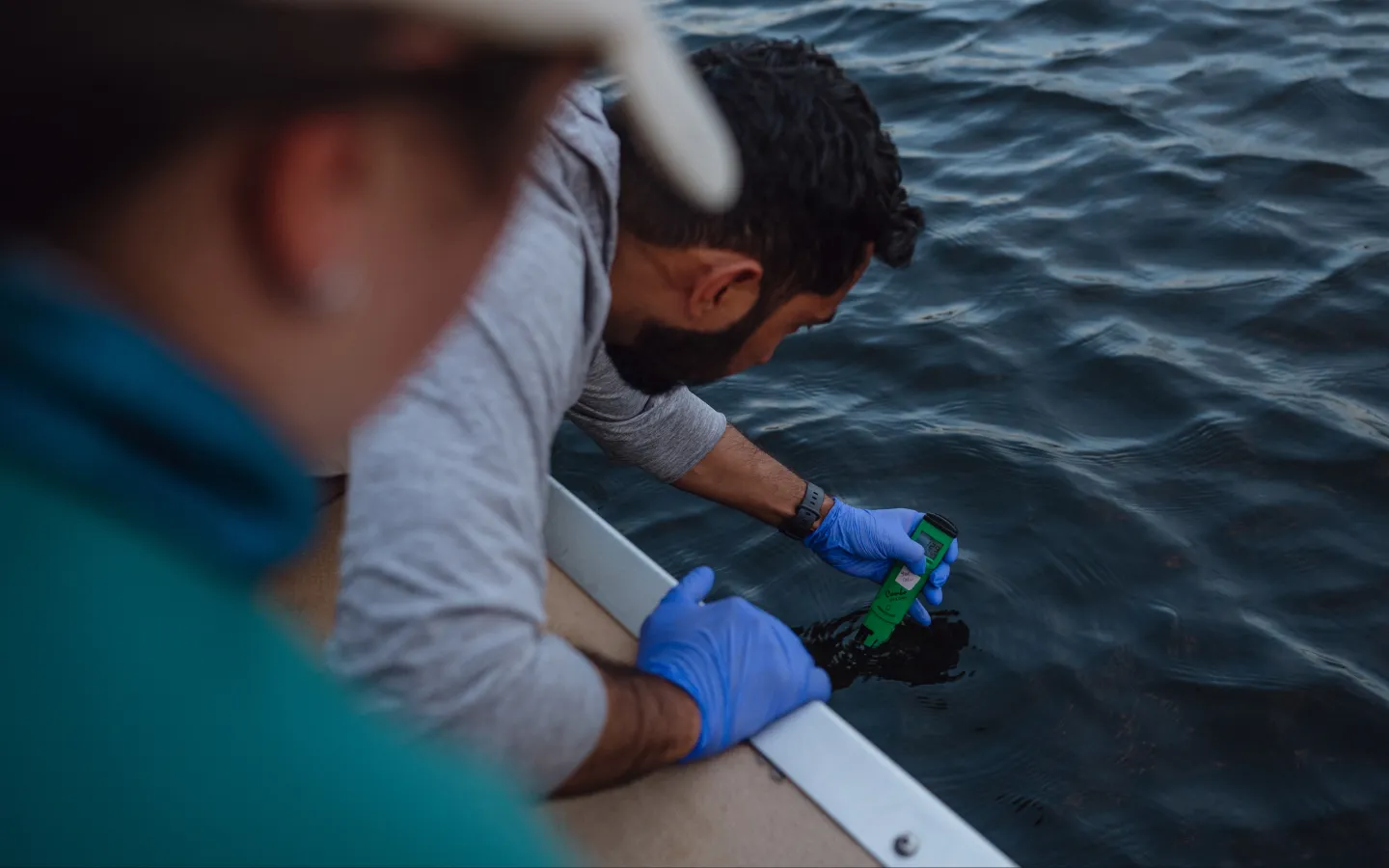
Challenge
In 2018, the marine community almost exclusively looked to mangrove conservation and some reforestation to generate blue carbon credits, leading to the widespread neglect of seagrass restoration
Solution
Jobos Bay, The Ocean Foundation’s first project site with 11th Hour Racing, was among the first to generate carbon offsets through the regeneration of damaged seagrass beds. As well as promoting ocean health, restoring natural coastal resilience, and improving the health and prosperity of surrounding mangroves and coral reefs, this work has introduced some system change and advanced efforts to enable future seagrass restoration projects to be certified to offset carbon emissions (both in Puerto Rico and globally)


Challenge
The disruption of water flow patterns in Jobos Bay by human infrastructure and recent hurricane events have made it more difficult for native plants to regenerate on their own
Solution
To aid natural regeneration, The Ocean Foundation is reestablishing natural hydrological patterns through dredging – recreating ditches and channels to aid water exchange and make it easier for mangroves and seagrass to multiply alongside the replanting programs

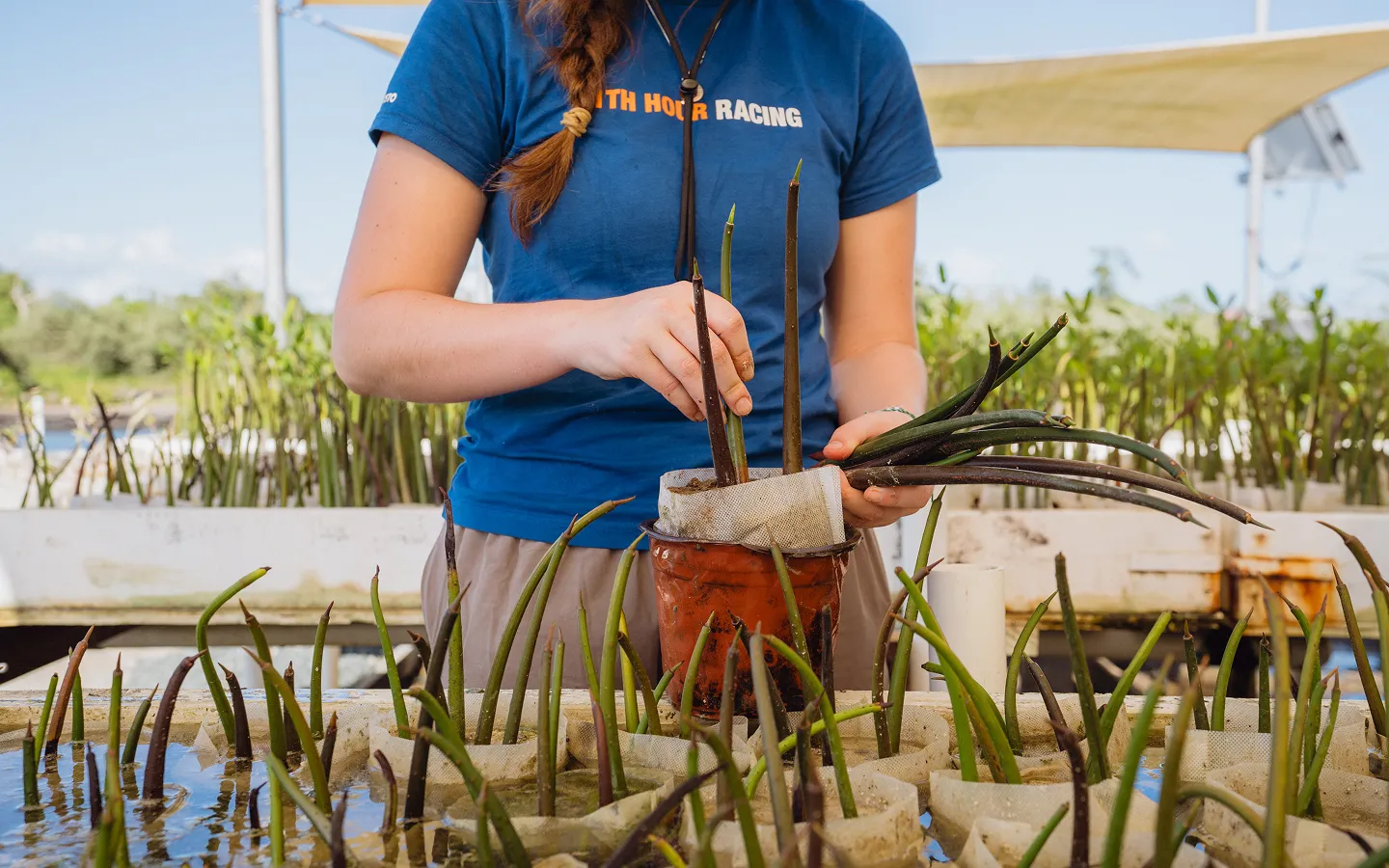
Challenge
Mangrove replanting programs are yielding positive results, but the ecological activities also need to stimulate natural regeneration alongside the use of nurseries
Solution
While hydrological restoration is the most critical component, The Ocean Foundation has created mangrove “dispersal centers” - small 1m-diameter planters, raised slightly above sea level, that enable mangroves to mature and disperse propagules to the surrounding area. This enhances natural regeneration alongside replanting

.png)
Challenge
Significant mangrove restoration was needed at the Mata Redonda, a critical habitat used by migratory birds and a variety of marine species. However, due to its location in the middle of Jobos Bay making it highly susceptible to erosion, a unique approach was needed to ensure newly planted mangroves could survive and thrive
Solution
Using 1,000 EnviroLok bags and 500 cotton sediment tubes, a “living shoreline” was created to reduce erosion and provide a safe space for a large area of seagrass and more than 1,000 red mangrove trees to be restored. The half-acre project provided learnings that were shared with another 11th Hour Racing grantee, VCHT, when erecting their own “living shoreline” on Vieques that’s four times larger
.png)
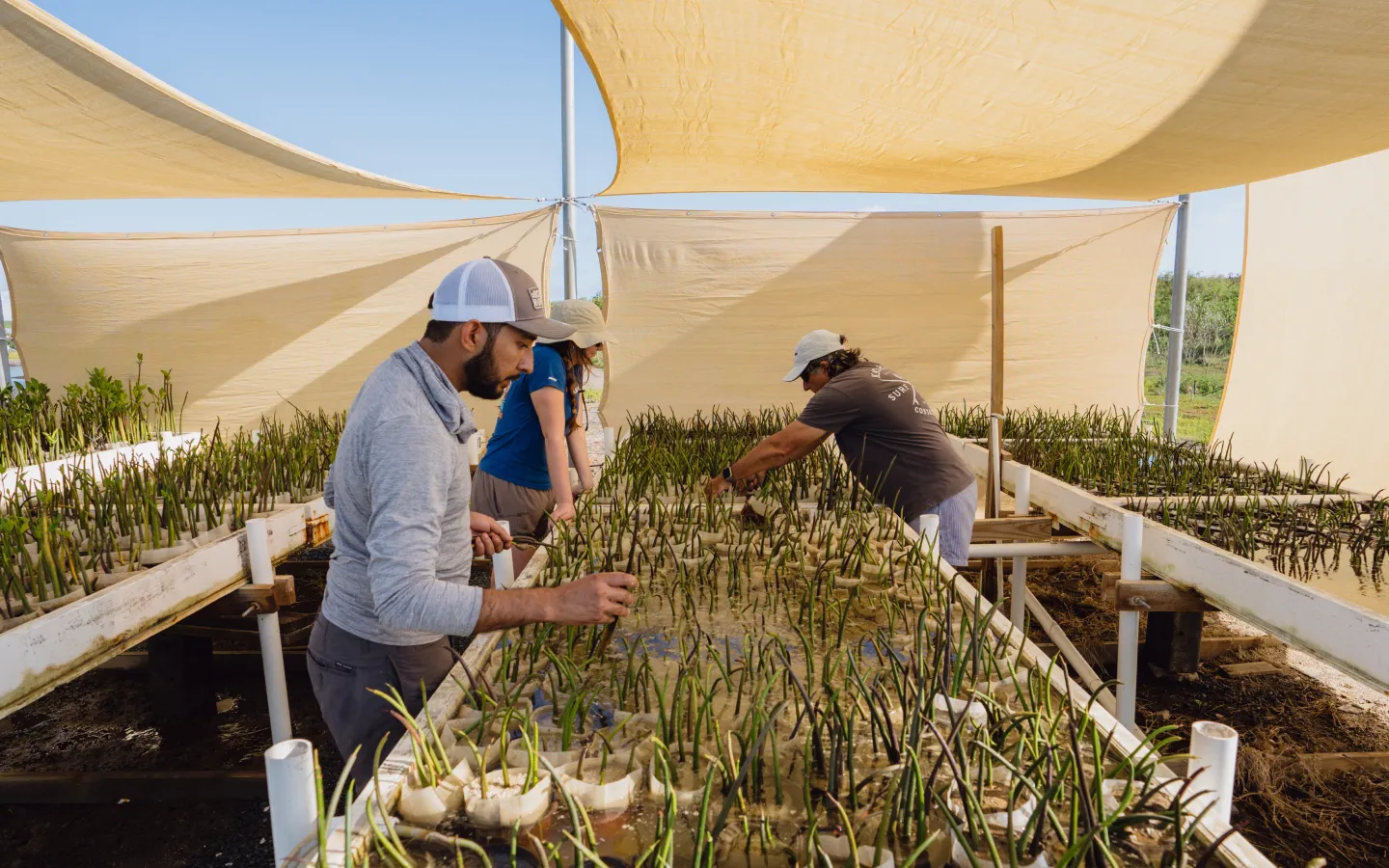
Challenge
Expanding the Jobos Bay restoration and rehabilitation project and taking on the restoration at Camino del Indio will mean the existing mangrove nursery capacity isn’t sufficient to satisfy demand
Solution
The mangrove nursery’s location, within the restoration site, makes expansion relatively straightforward and can be done by increasing the shaded area, installing new planting trays and adding solar panels, water pumps, and other infrastructure. This will double the nursery’s capacity from 7,000 mangrove trees per year to 14,000


The area covered by the organization’s mangrove restoration project in Jobos Bay is 1,445 acres, making it the largest ever attempted in the United States
The current annual capacity of the mangrove nursery at Jobos Bay National Estuarine Research Reserve (JBNERR) is 14,000 trees per year - the largest in Puerto Rico
Even with intervention, mangroves can take up to 10 years to show signs of regeneration and maturation after each major hurricane event
In areas that have been cut off hydrologically, water salinity is often above 100 ppt, which is beyond the range for mangroves to survive and be healthy (where normal seawater is around 35 ppt)
The power plants near Jobos Bay provide 9% of Puerto Rico’s total energy output, which is why storm surge protection for this area is so vital to avoid major power outages during climate events
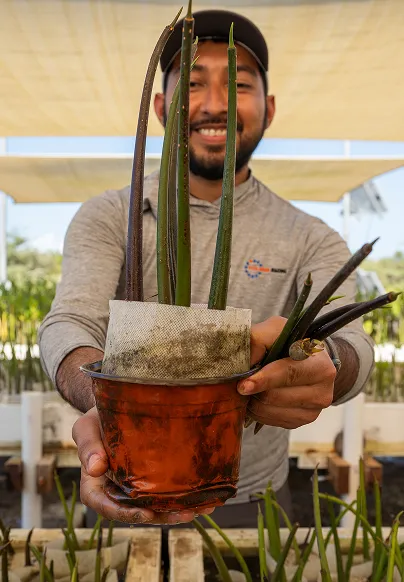
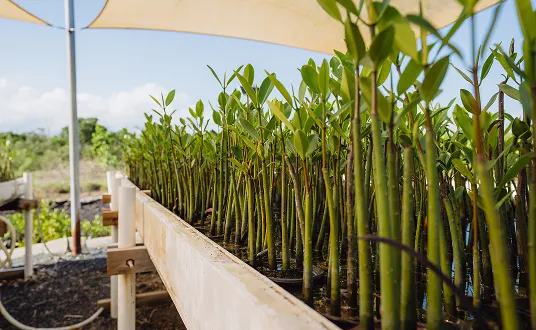
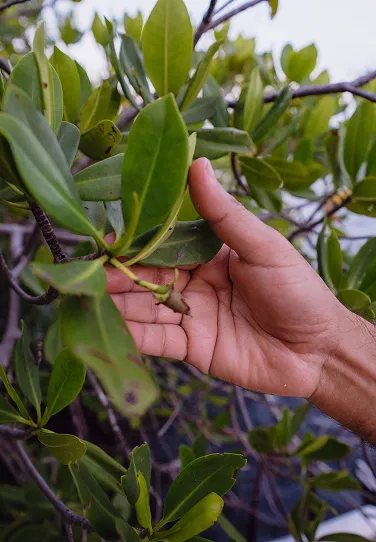
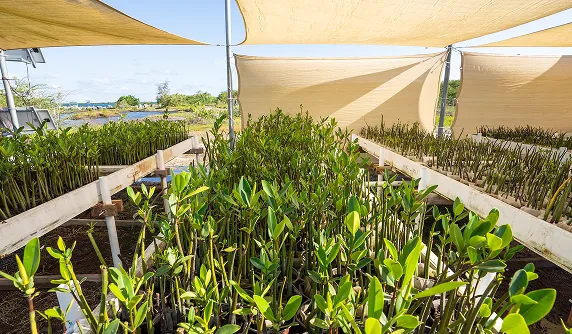
Meet the team
Ben’s work focuses on nature-based solutions for climate change mitigation and adaptation, and supporting coastal community resilience.
“Coastal ecosystems provide one of our best lines of defence against strengthening hurricanes.
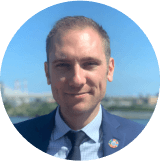
“The Ocean Foundation identified with us the need to restore the habitats damaged in the past by Hurricane Maria.

“The largest area of mangroves can be found in the south of Puerto Rico, where we are doing most of our work.


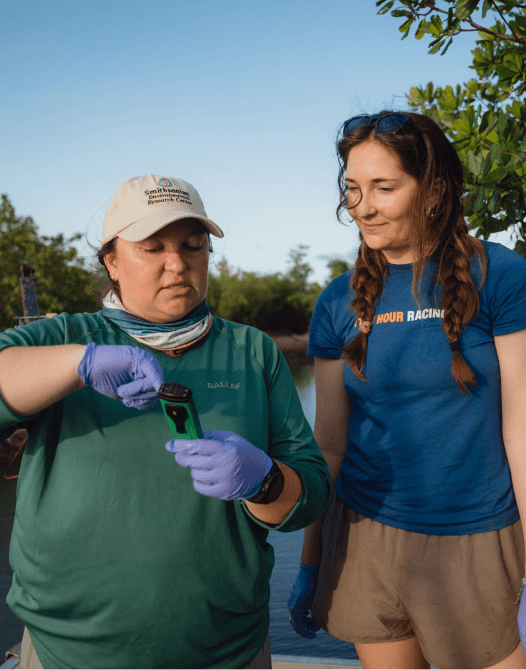
Aitza Pabón-Valentín, Former Director of the Jobos Bay National Estuarine Research Reserve“I’m very grateful for the hugely successful work The Ocean Foundation is doing here. They are creating a legacy to pass on to the next generation of Puerto Ricans, who will continue to fall in love with these islands and nurture and support the ecosystems that make it what it is.”
The Ocean Foundation’s projects in Puerto Rico continue to diversify, from mangrove forest and seagrass meadow replanting to hydrological rehabilitation.
Due to its overall importance, Jobos Bay continues to be a key focus area for our grantmaking - especially in the highly disturbed Camino del Indio area. The Ocean Foundation is collaborating with the US Army Corps of Engineers and JBNERR to assess the extent of the issues, how best to remove the illegal structures, remove excessive sediment and fill material, restore tidal and water flows and where to reforest in the most damaged parts.
Follow The Ocean Foundation now to find out the latest on their projects and learn more about their work.
Vieques Conservation & Historical Trust
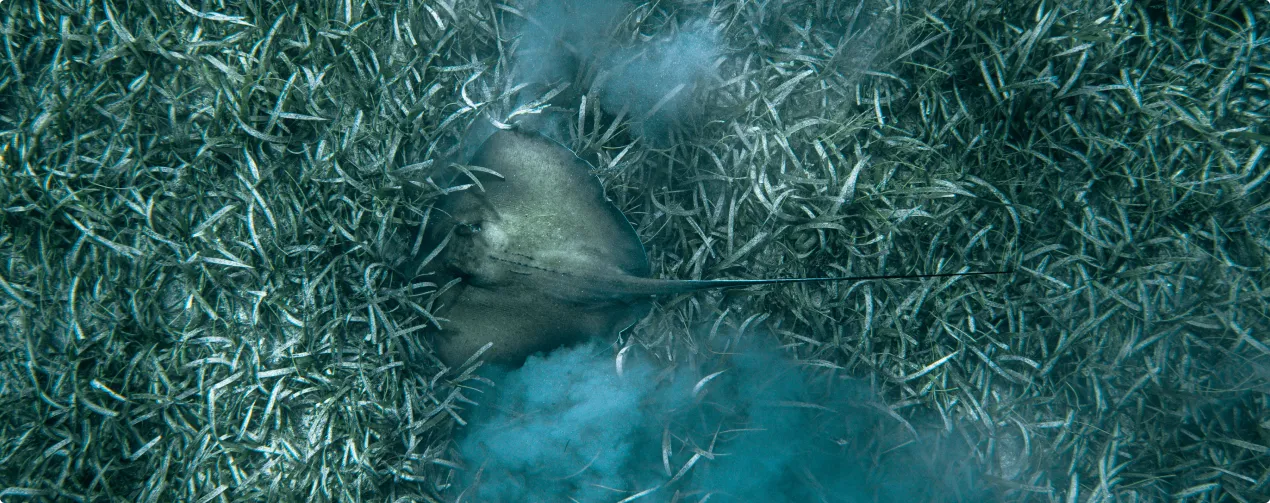
8,000
4,000
160,000

Bioluminescent bays are delicate ecosystems that exist in very few places in the world. The small island of Vieques, to the east of Puerto Rico’s main island, boasts one of them - Caño Hondo, or Puerto Mosquito (Mosquito Bay). Not only is it in such a select group, but it’s the brightest of them all, and considered to be one of the last ‘pristine’ bioluminescent bays on earth.
The Vieques Conservation and Historical Trust (VCHT) protects areas of ecological and historic interest on Vieques including the delicate conditions that support this luminescence – created by tiny dinoflagellates (dinos). They produce a bright burst of blue light when they are shaken or come into contact with another organism.
Preservation of this incredible phenomenon is done primarily through the restoration of crucial mangrove forests, which provide protection for the coastlines from storm surges and a rich habitat for birds and other animals.
The primary focus for 11th Hour Racing’s funding has been to help the VCHT replant mangrove forests that have been destroyed by climate events and manage groups of community volunteers alongside a small team of dedicated professionals to preserve one of the world’s rarest ecosystems.
Mission Statement
Protect the delicate ecosystem that supports the brightest bioluminescent bay in the world, Mosquito Bay, through mangrove reforestation in the Vieques Bioluminescent Bay Nature Reserve, which was devastated by Hurricane Maria in 2017.
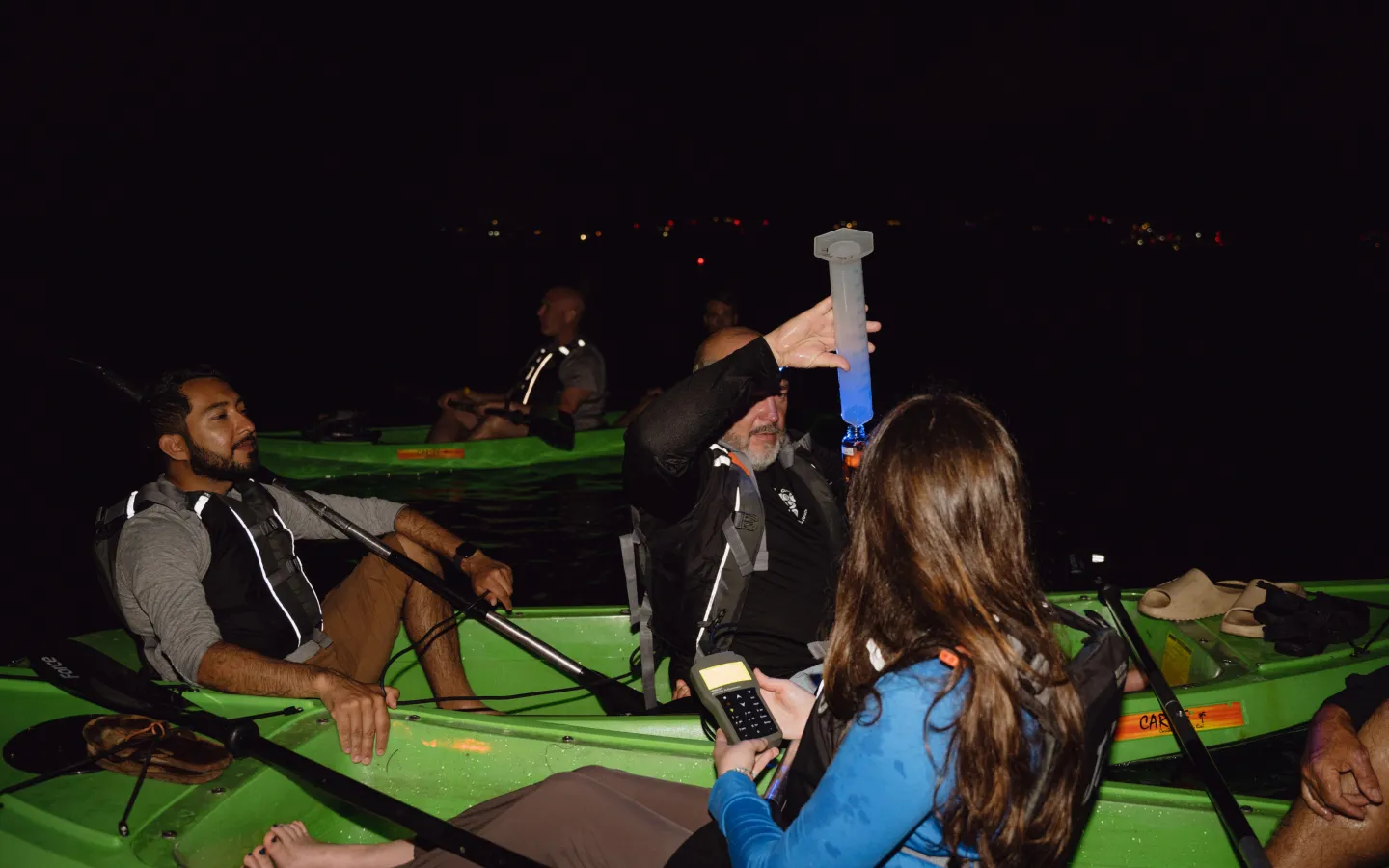
Challenge
The growth in tourism and extreme weather events presented a sustainability challenge for Puerto Mosquito, and there was an obvious need to develop a community of conservation and build awareness of the delicate nature of the ecosystem that supports the area’s unique bioluminescence
Solution
Recognizing the importance of community engagement, VCHT identified appropriate areas of the bay that could be clearly marked to allow ecotourism operators, school students, volunteers, new team members and the wider community to participate in planting programs, seed collection and debris removal, and to attend on-site educational visits

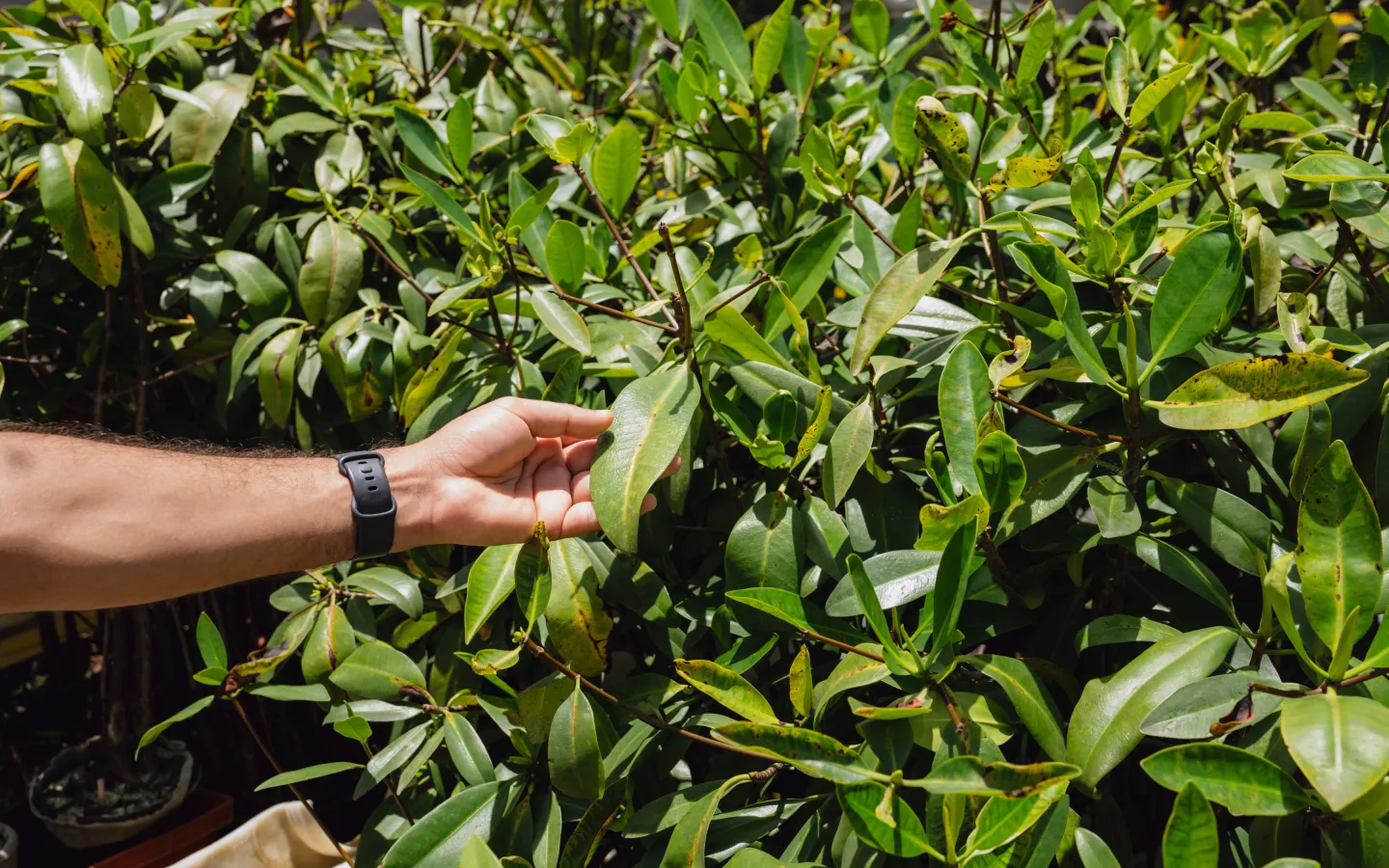
Challenge
Many of the mangrove forests that encircle Mosquito Bay were almost destroyed by Hurricane Maria in 2017 and would have taken up to 30 years to recover if left to do so organically – risking the loss of the bioluminescent ‘dinos’ into the open ocean
Solution
A significant replanting program is restoring these mangroves and strengthening this important natural, economic and cultural phenomenon

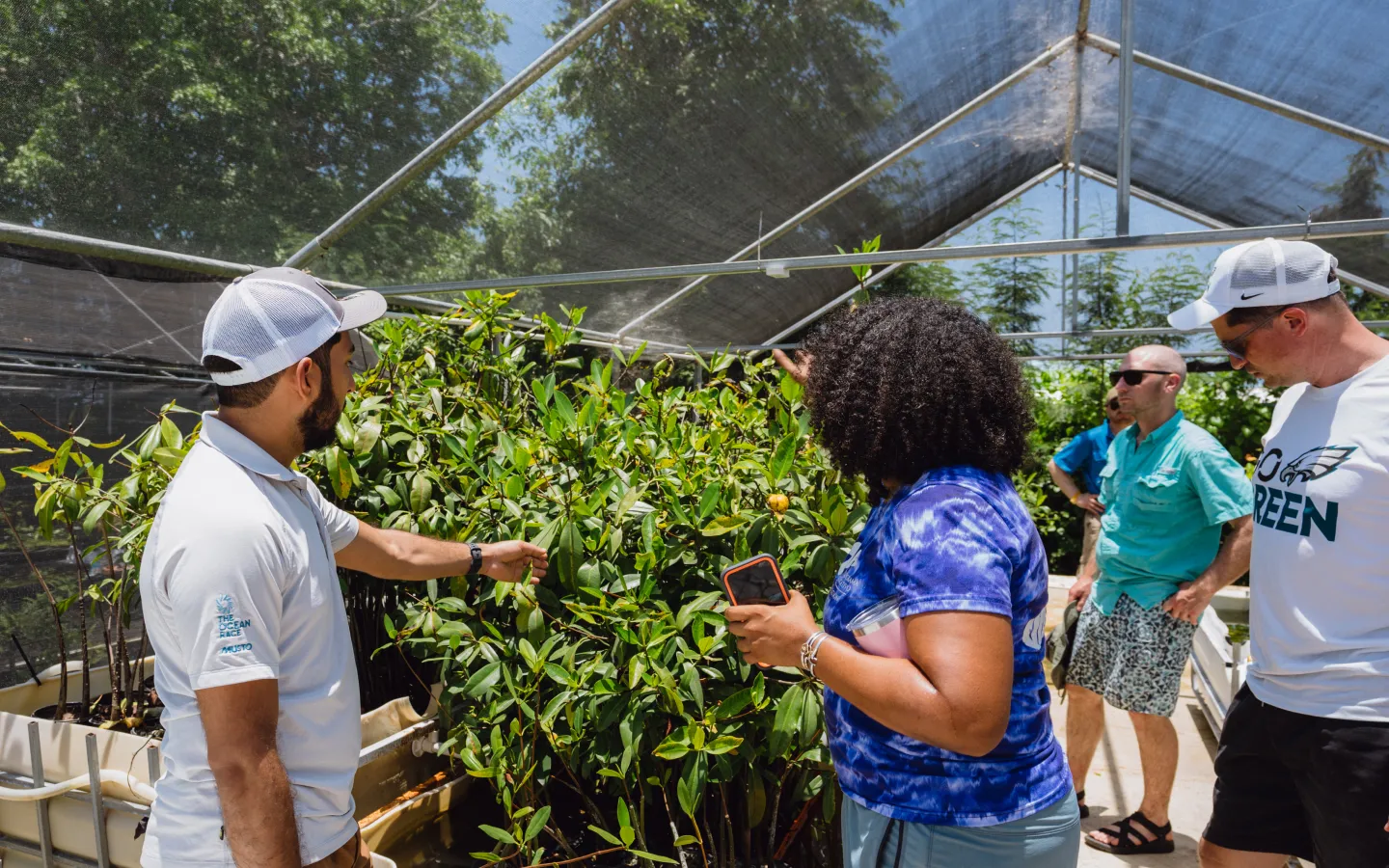
Challenge
Mangroves replanted from nurseries have a high mortality rate due to the extreme heat conditions and unusual precipitation patterns around Mosquito Bay
Solution
Precipitation and temperature monitoring instruments, which can be deployed at different sites around the bay, are now being used to determine the best locations and times of year for planting. An innovative nursery methodology was also developed to grow red mangroves in different salinity and sunlight conditions, preparing the new plants to adapt to the harsh conditions and hugely increasing their survival rates

.jpg)
Challenge
Increased erosion caused by climate change was resulting in the loss of red and white mangroves that had previously been replanted
Solution
Innovative solutions such as ‘living shoreline’ techniques are being used, where natural materials instead of manmade structures help stabilize the shoreline at the mouth of the bay. As part of these projects, sandbags, dead mangroves and other natural anchoring materials are used to prevent erosion while nature reproduces and rebuilds its own protections against wave surges
.jpg)

In 2025, the VCHT celebrates its 40th anniversary, having been first established in 1985
The total population of the entire island of Vieques or, as the locals know it, ‘Isla Nena’ (Little Girl Island) is just 8,000
On average there are around 60,000 microscopic dinoflagellates per liter of water in Mosquito Bay
During exceptional blooms, up to 876,953 dinoflagellates per liter of water have been recorded
Except in winter, Vieques’ daytime temperatures regularly exceed 90°F, limiting working hours and making site work arduous and difficult
As of early 2024, 4,000 mangrove seeds, propagules and seedlings had been collected from around the bay for more advantageous replanting
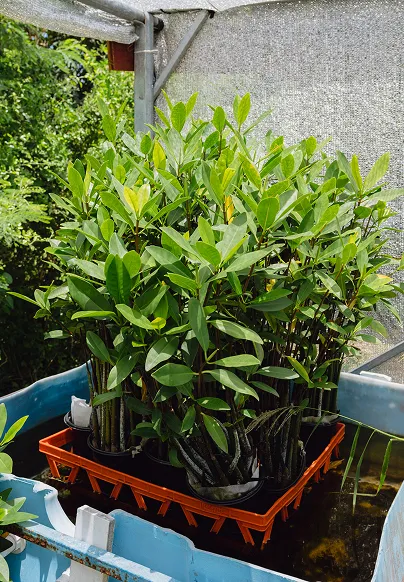
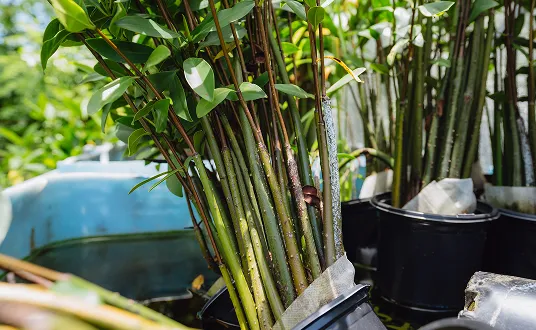
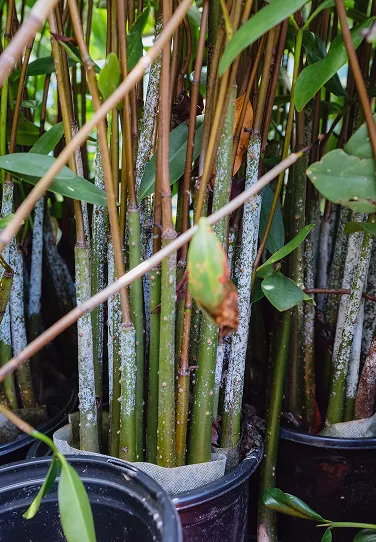
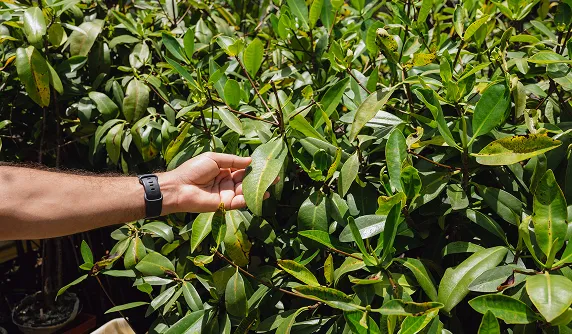
Meet the team
“11th Hour Racing empowers local people who have the means, the know-how and the desire -
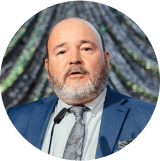
“I’ve lived in Vieques my whole life. I opened my world by going to university in Puerto Rico, then travelling,
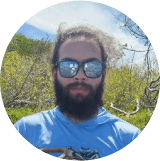
“Hatuey’s example teaches children how important and beautiful things can happen in the place you are from,
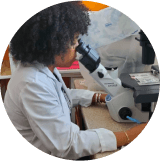
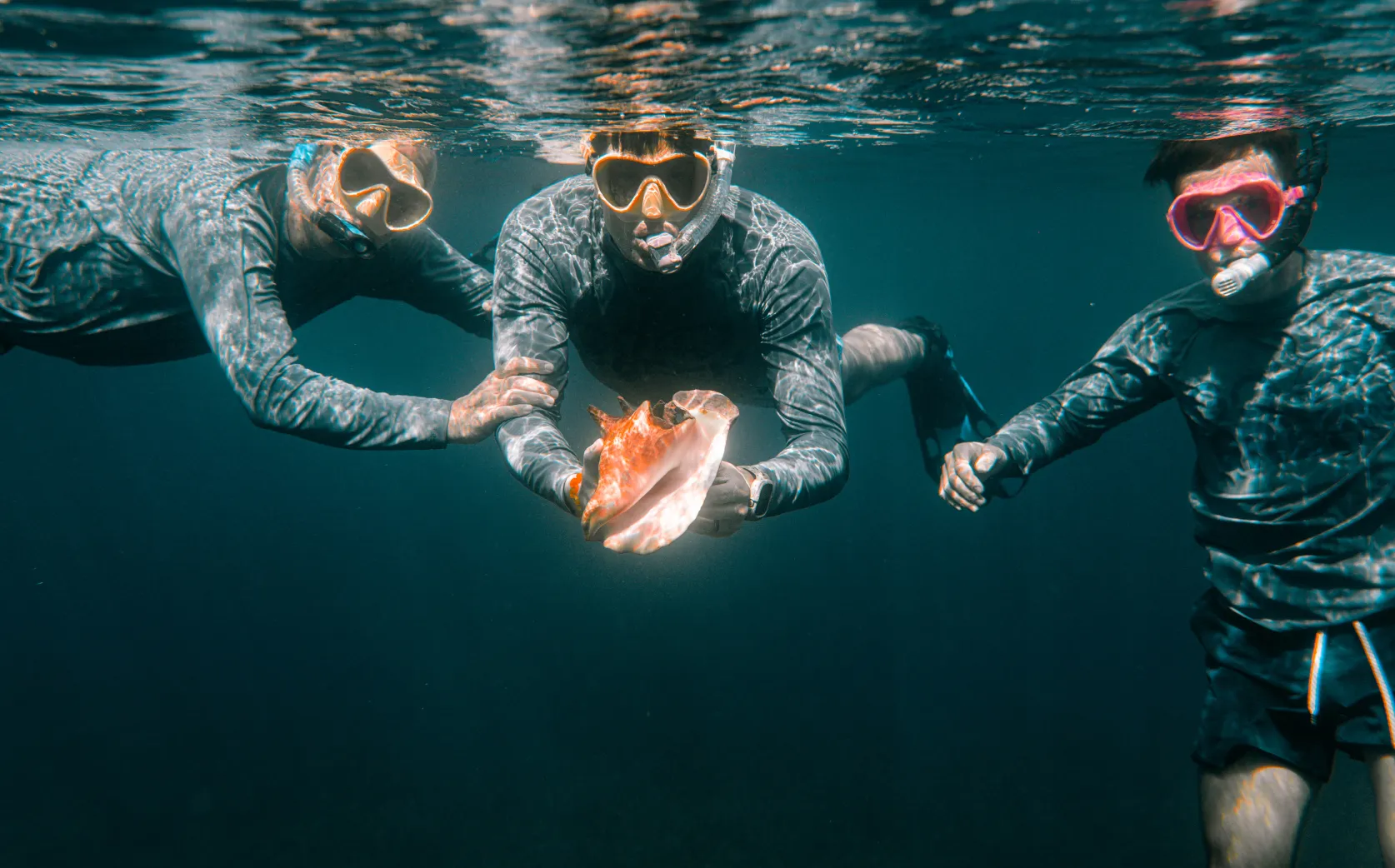
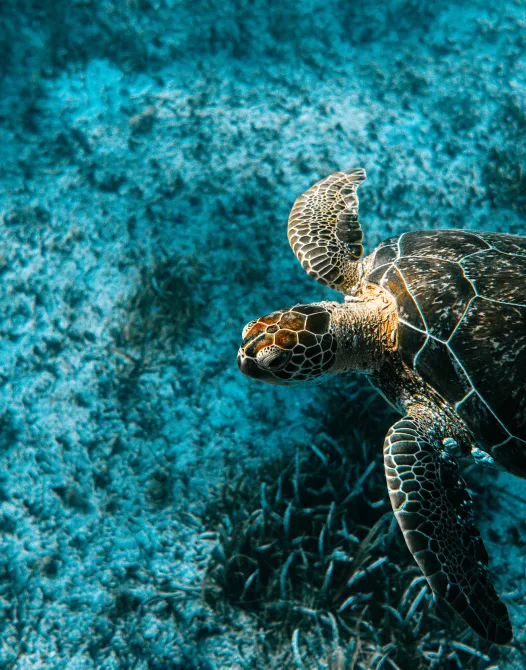
Mark Martin-Bras, VCHT Director of Community Relations & Research “It’s thanks to 11th Hour Racing, and organizations like them, that see the value in empowering communities like ours to be innovative and protect our environment. Now, if anything like Maria happens again, we don’t start from scratch and that’s something we can all be proud of.”
Vieques is a rural island community that’s far greater than the sum of its parts. Thanks to the dedication of a small team, incredible numbers of local people have rallied to protect a unique and mesmerizing natural wonder and, with it, are building a more resilient environment for their future.
By conducting more hydrodynamic modelling, increasing community engagement and widening replanting programs with them, we will build on the incredible impact these committed and proud Puerto Ricans have had on their beloved Mosquito Bay.
Follow Vieques Conservation & Historical Trust now to find out the latest on their projects and learn more about their work.
Protectores de Cuencas
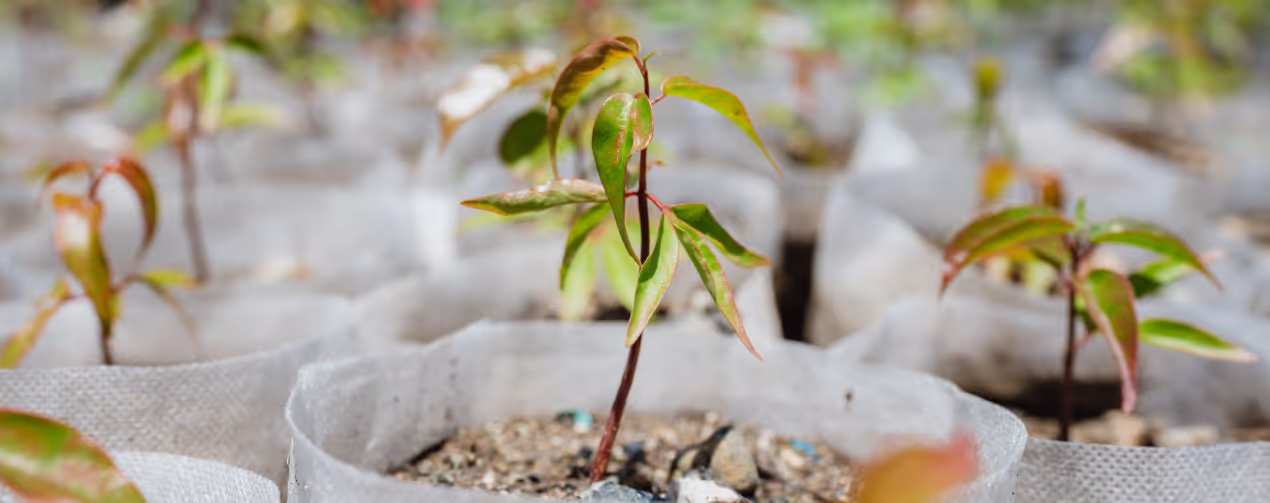
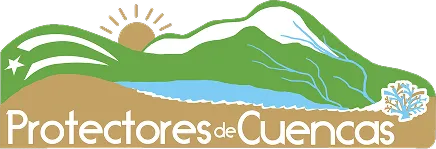
2,000 m2
1,249 acres
1M +

Protectores de Cuencas (PDC) is a non-profit, community organization based in Yauco, Puerto Rico. Its mission is to restore and protect ecosystems across the archipelago with an integrated watershed management approach that tackles pollution and erosion using carefully designed and planned programs, especially the replanting of critical coastal mangroves and terrestrial forests.
Since its establishment in 2012, PDC has led the way in knowledge-sharing and best practices around waterways management in Puerto Rico - hosting multiple roundtables with a network of restoration practitioners (including 11th Hour Racing’s other grantees).
The geography of Puerto Rico means the entire population lives less than 20 miles from the ocean, while nearly two-thirds of the population are in the territory’s 44 coastal municipalities, making the relationship between humans, the water and the environments that intersect them particularly vital for its communities.
“One of our biggest motivations is that we are Puerto Ricans working for Puerto Rico.”
Norman Maldonado-Benítez, Project Coordinator at Protectores de Cuencas
PDC uses science and technical expertise, alongside local community engagement, to promote the restoration and protection of native plant species in coastal environments. Its core work includes developing and expanding specialized mangrove nurseries; restoring historic lagoons, wetlands and waterways; and implementing extensive replanting programs using green infrastructure. Many of these projects specifically focus on addressing land-based sources of pollution and erosion through innovative methods including permeable parking lots, bioswales, rain gardens, and hydroseeding.
The aim is to help Puerto Rico’s ecosystems become more resilient to future climate events and help nature to help itself.
Mission Statement
PDC is dedicated to combating the effects of climate change by restoring and protecting Puerto Rico's coastal ecosystems through integrated watershed management, propagating and planting native trees and mangroves, and sharing best practices to maximize the impact of the work being done.
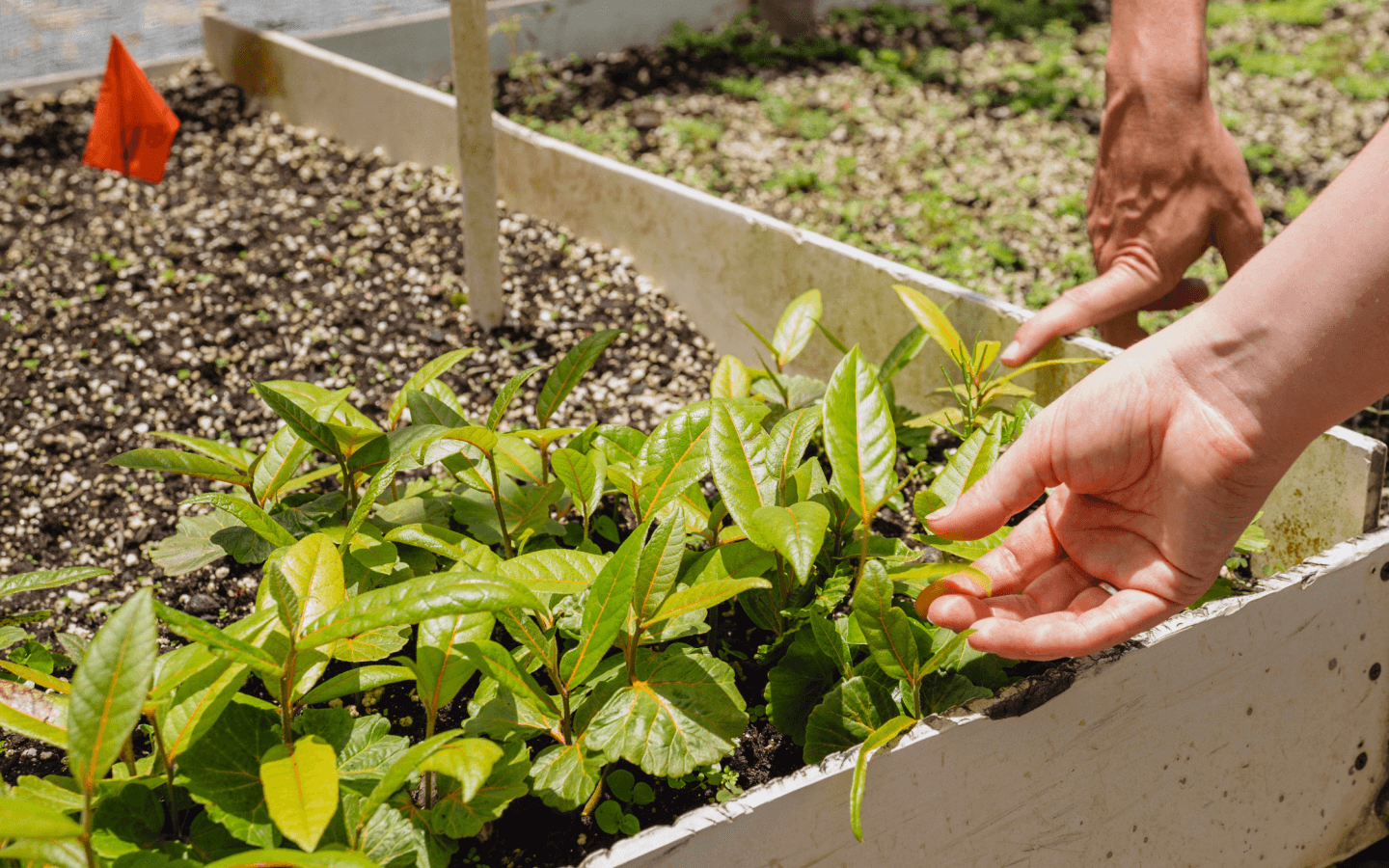
Challenge
Hurricane Maria (2017), Hurricane Fiona (2022) and Hurricane Ernesto (2024) resulted in the widespread devastation of native Puerto Rican flora
Solution
Beginning with replanting programs, Protectores de Cuencas led recovery efforts from these climate events by propagating and replanting displaced and destroyed native plants, including large areas of mangrove forests

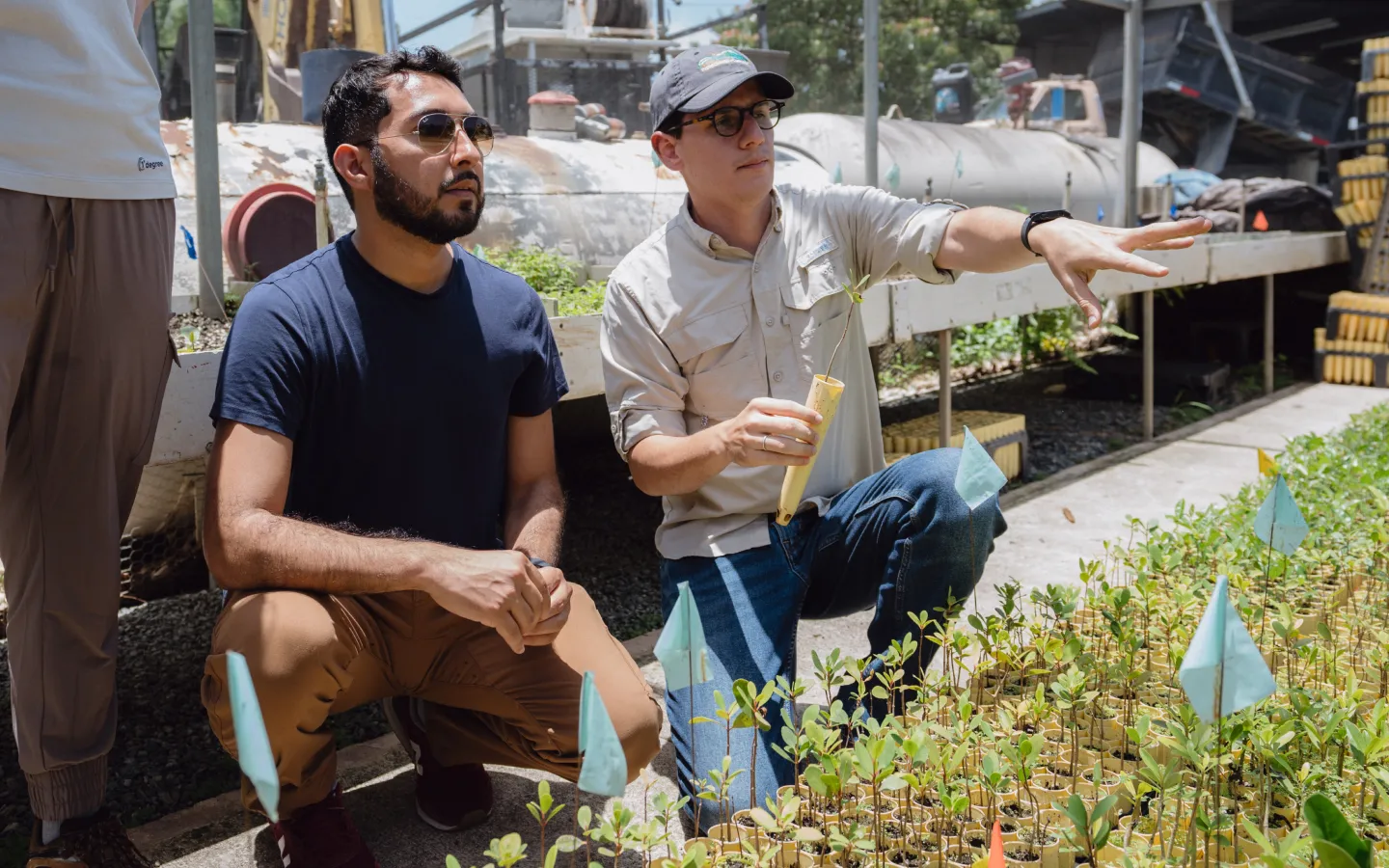
Challenge
Mangrove forests are crucial to Puerto Rico’s coastal resilience because they offer a natural defense against climate change by sequestering large amounts of atmospheric carbon and protecting the coastline from storm surges. However, they face ongoing threats from human activities and an increase in extreme weather events
Solution
To boost the natural regeneration of mangrove habitats, PDC reforests areas by growing mangrove seedlings in specialized nurseries to increase their resilience when grown and replanted. Nurseries expanded as part of the work to reforest Papayo Lagoon will contribute to ongoing replanting programs in nearby areas, including Cabo Rojo

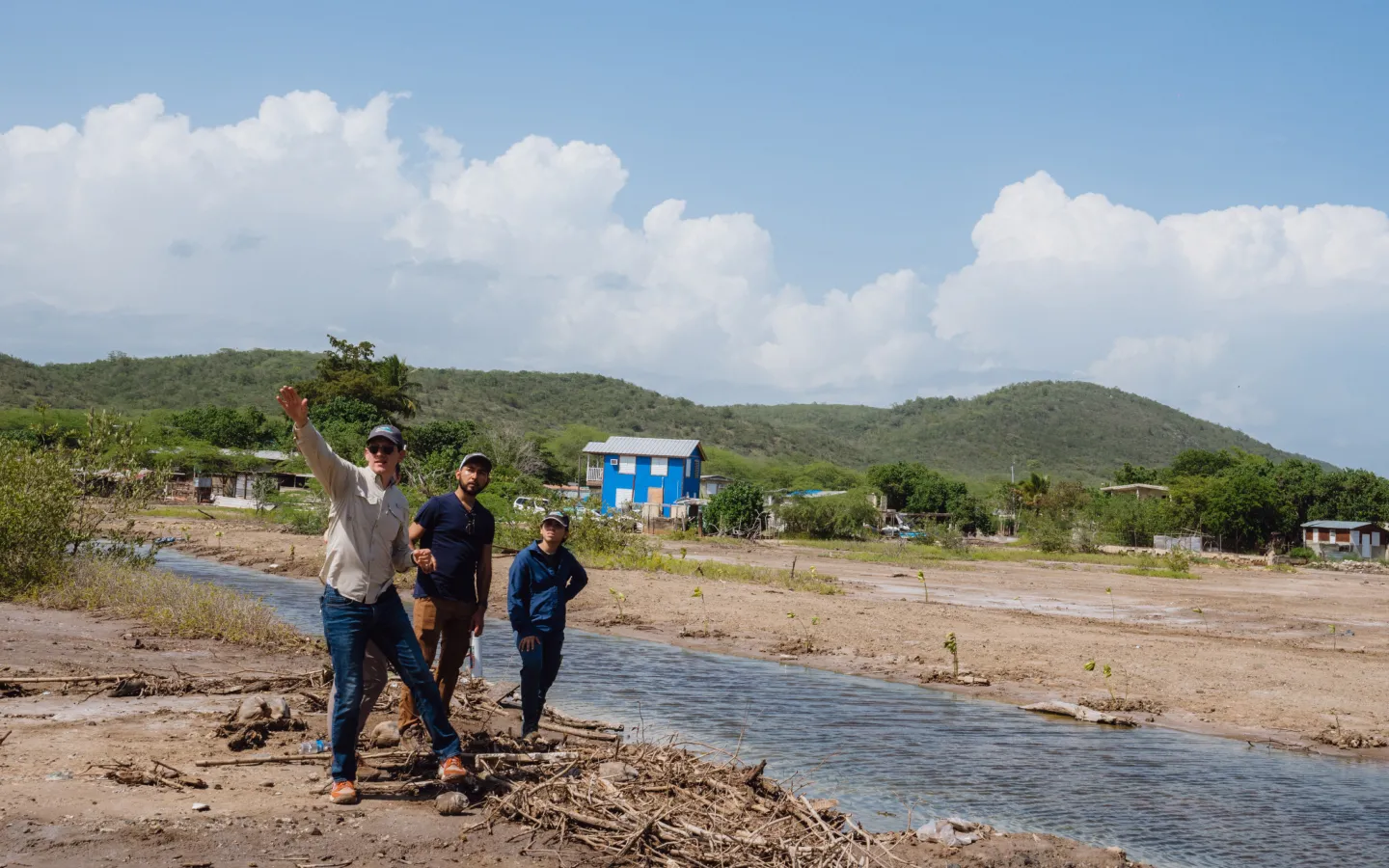
Challenge
Papayo Lagoon and the salt flats in the Lajas region were industrial salt production sites for up to 500 years. The resulting high salinity levels at these sites are killing existing mangrove forests and impeding biodiversity
Solution
As part of the Papayo restoration project, PDC has also reopened and dredged an 8-12 foot mangrove channel into Papayo Lagoon and cleared other blocked waterways. This has reconnected the lagoon to the sea, easing the salinity, and the area is already showing signs of accelerated natural recovery

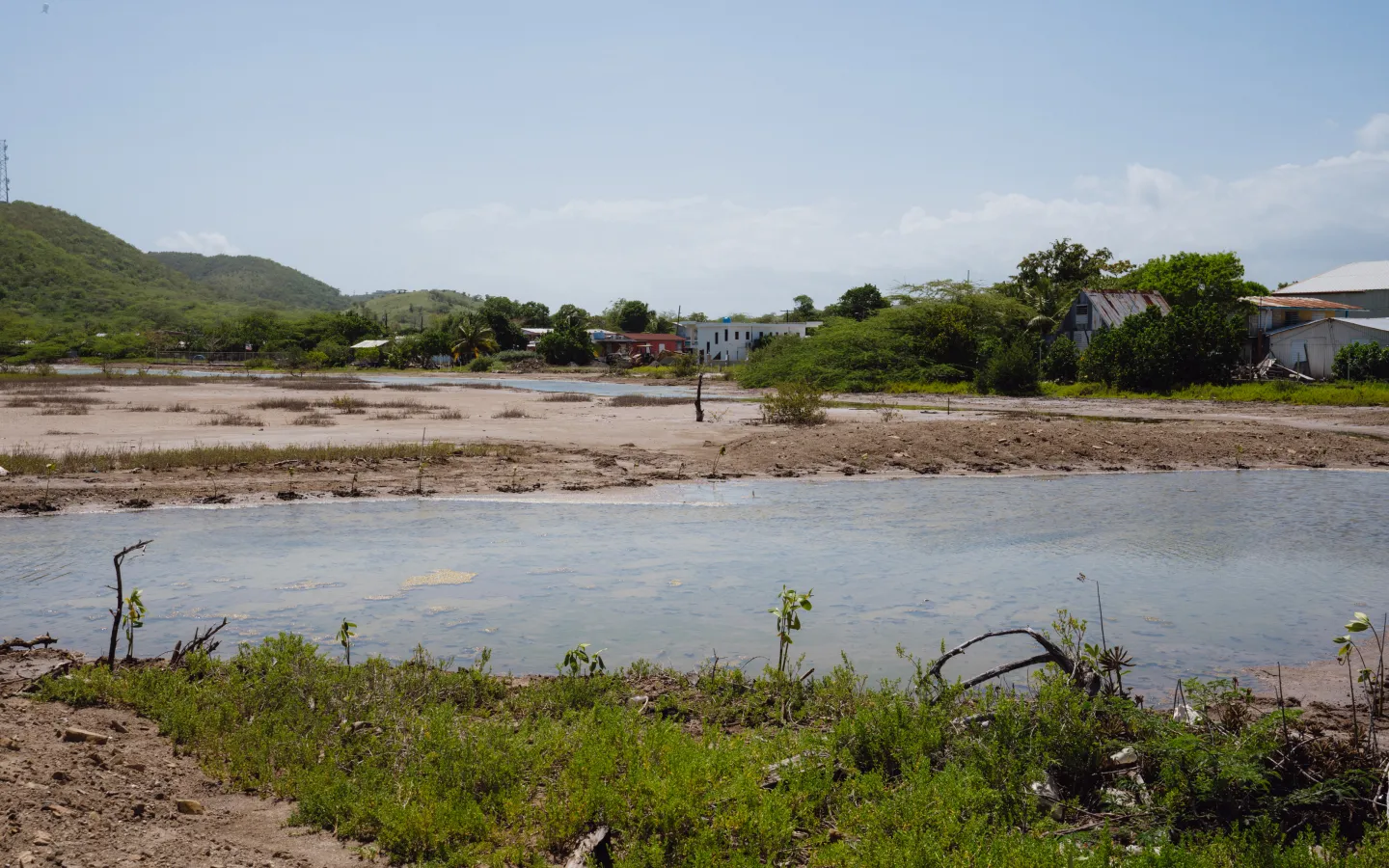
Challenge
A community of around 600 people is based around the coastal lagoon wetland at Papayo. Here, 57% fall under the poverty line and homes are densely populated and unprotected from storm surges as well as high tides due to years of salt production that has diminished coastal ecosystems
Solution
An innovative program to replant 3,500 native tree species, mainly red, white and black mangroves and the threatened legume Libidibia monosperma, uses artificial ‘islands’ along the coast. This has created a buffer zone for the lagoon system and increased its elevation to improve resilience and stability during tidal flux - protecting habitats and the local community

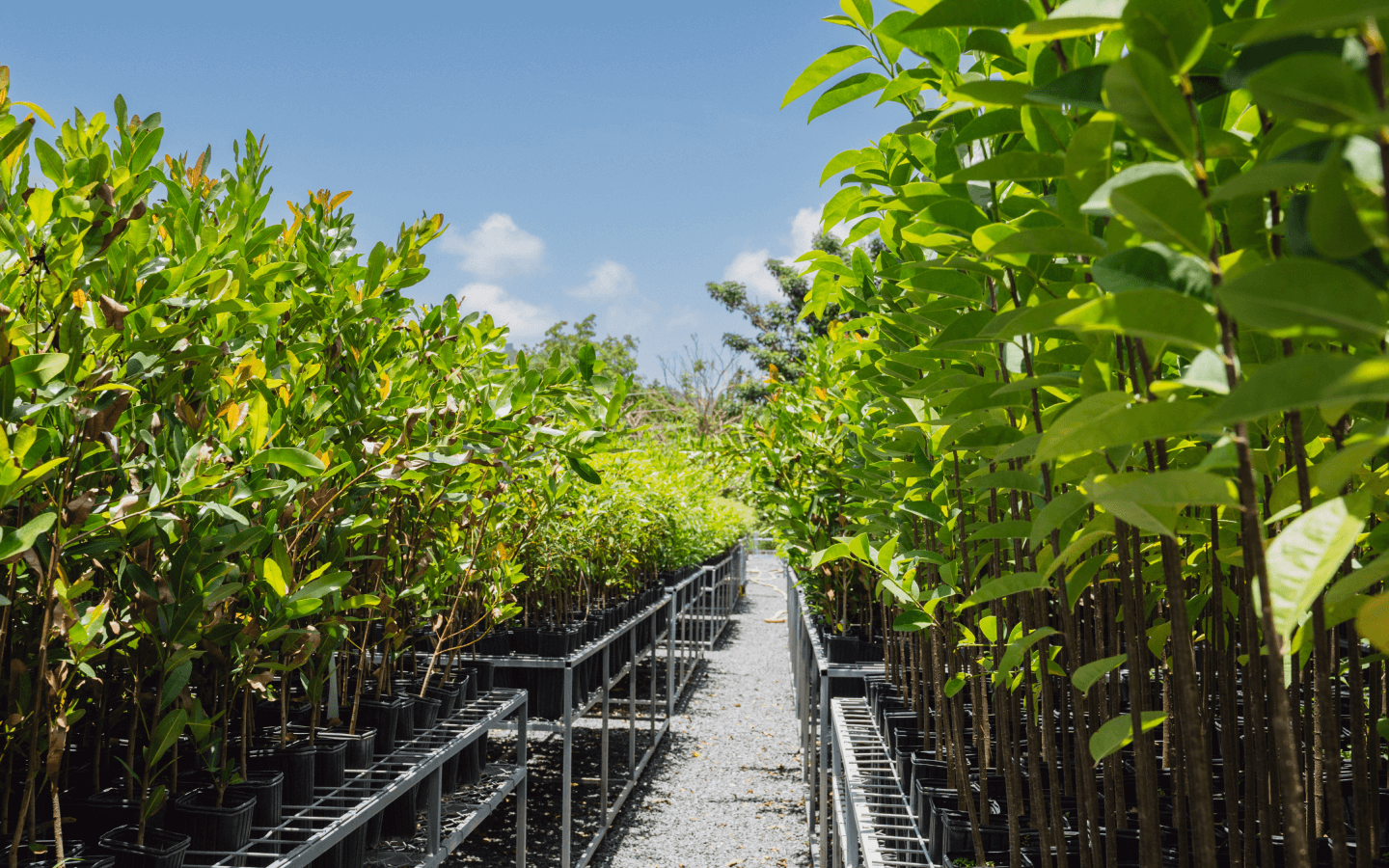
Challenge
Mangrove seedlings grown in nurseries have lower survival rates as they are not properly adapted to the unique challenges of coastal flooding
Solution
Partnering with the Hispanic Federation, PDC has established specialized saltwater nurseries. These conditions help the mangrove seedlings develop structures they need to survive better when replanted, including ‘breathing roots’ (roots that grow upwards out of the ground), which improves survival rates by up to 90%


Challenge
Local communities, especially around Cabo Rojo and Papayo Lagoon, require targeted education on restoration efforts in order to generate active stewardship of these ecosystems and help spread the word about the importance of restoration work
Solution
PDC is engaging students from local schools in native tree planting activities, which help to mitigate the devastating effects of wildfires, while conducting community outreach projects to involve the local population as much as possible


To date, PDC’s propagation programs have produced more than 1 million native trees
The mangrove nurseries managed by PDC in Yauco cover 2,000 sq m
The 1,249-acre Cabo Rojo Salt Flats - damaged by 500 years of industrial salt extraction - are now being restored as a vital wetland area
PDC restoration projects in Puerto Rico cover 15 municipalities, including Lajas, Guánica, Cabo Rojo and Yauco among others
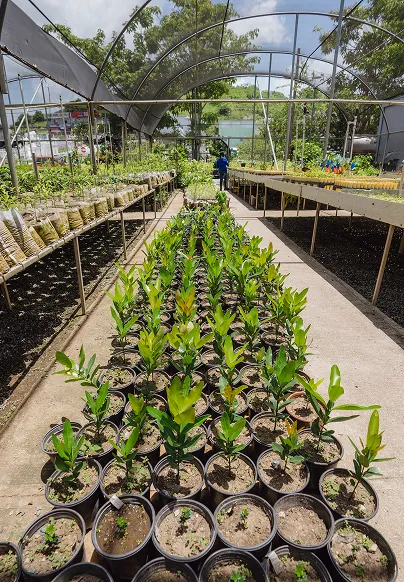
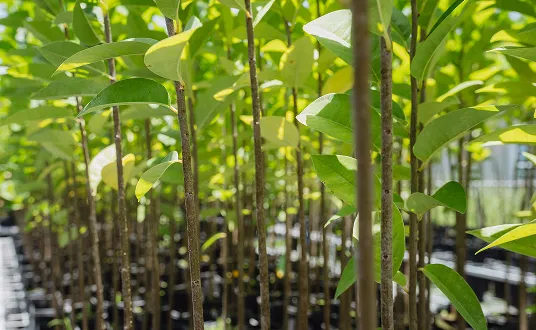
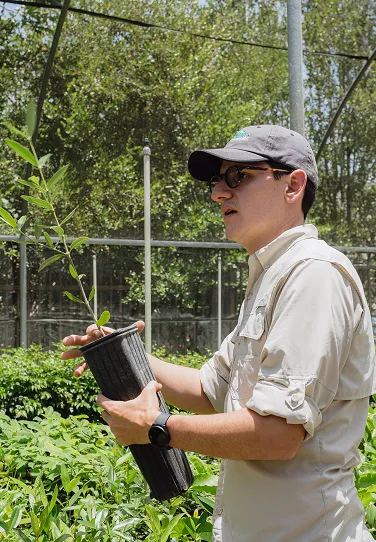
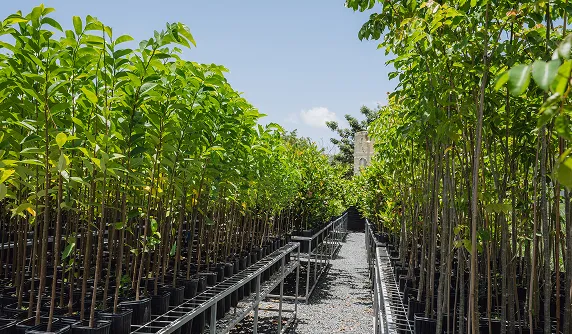
Meet the team
Robert was a biologist with more than 14 years of expertise in natural resources management and community-driven restoration. His work, including the Culebra Community Watershed Action Plan, engaged local communities to improve water quality, restore coastal habitats and control sediment and erosion.
A previous recipient of the prestigious Wetland Community Leader prize in the National Wetlands Awards, Robert was widely recognized for his dedication. Upon presenting him with the honor, NOAA Coral Reef Conservation Program Director Jennifer Koss remarked it “could not have gone to a better and more deserving person".
Robert's legacy continues through the lasting impact of his projects and the communities he empowered.
"Mr. Viqueira… devoted his career and life to mobilizing citizens to protect Puerto Rico's wetlands
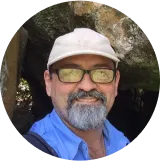
A former student of biodiversity at the University of Puerto Rico, Norman takes a hands-on approach to actively managing the reforestation and green infrastructure projects for Protectores de Cuencas.
“The focus has always been on the conservation of our ecosystems, integrating the communities and integrating our people.

.png)
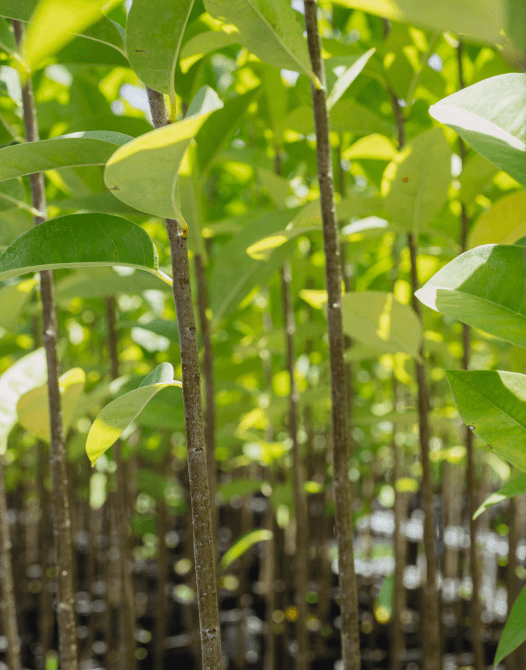
Norman Maldonado-Benítez, Project Coordinator “Our work requires constant monitoring, and funding from organizations like 11th Hour Racing helps us as an organization and as a community to continue doing it. Not only are we increasing public access to our beaches and our forests in Puerto Rico, we’re conserving these very special and truly unique ecosystems that are so vital to our island and, ultimately, the whole world.”
Protectores de Cuencas, like our other grantees across the archipelago, is an organization born out of the communities it serves. As Norman says, ‘it is Puerto Ricans working for Puerto Rico’.
As well as continuing to enhance coastal protection and regenerate vital ecosystems for both flora and fauna in Puerto Rico, future work will include a joined-up approach that involves the sharing of knowledge, information and resources with other grantees and the wider communities. This will ensure the work conducted now lives on, benefitting the people of Cabo Rojo, Papayo Lagoon and others for years to come by mitigating the impacts of future natural disasters and rejuvenating Puerto Rico’s beautiful coasts.
Follow Protectores de Cuencas Now to find out the latest on their projects and learn more about their work.
BoriCorps
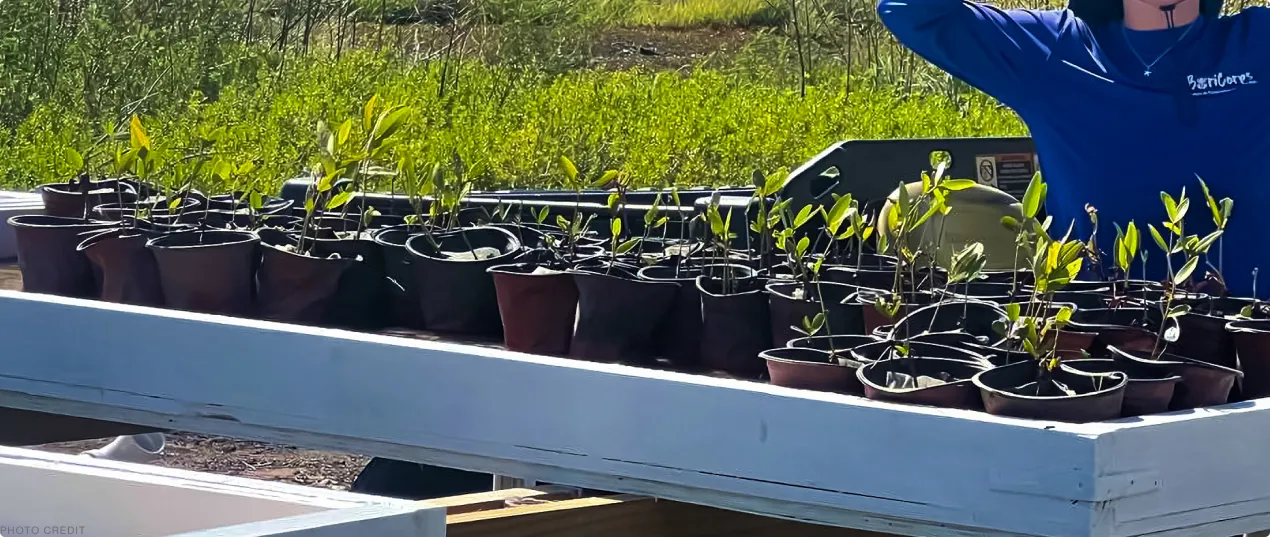

300
500+ hours
100%

“BoriCorps has been the perfect match for us at the perfect time.”
Aitza Pabón-Valentín, Director of the Jobos Bay National Estuarine Research Reserve
Puerto Ricans often proudly refer to themselves as ‘Boricua’, an old name for the people derived from the indigenous Taínos who inhabited the island for hundreds of years before the Spanish arrived in 1493.
BoriCorps draws its name from that proud history and operates exclusively in Puerto Rico as a subsidiary of the Franklin’s Promise Coalition – a collective of conservation corps operating around the Floridian gulf coast and the Caribbean. BoriCorps gives young adults, mostly between 14 and 25 years old, real-life work opportunities within their own local communities.
By recruiting and training members of the communities they serve, and centering on those with a connection to under-resourced populations or with an interest in environmental conservation and community resilience, BoriCorps really does give back. Priority is given to members who grew up or have families in and around the field projects. BoriCorps has provided a portion of the workforce on several other 11th Hour Racing-funded projects, including in Jobos Bay alongside The Ocean Foundation.
The work, predominantly tied to conservation, helps individuals develop leadership skills alongside academic and job training while protecting and improving the environment and their own communities.
“The BoriCorps are wonderful. They are very hardworking and enthusiastic about restoring the coastal marine ecosystem.”
Manuel Merello, Lead Scientist at Merello Marine Consulting, overseeing BoriCorps’ work for The Ocean Foundation
Mission Statement
To invest in future environmental stewards by engaging and training local young people and educating the surrounding community about environmental restoration efforts.
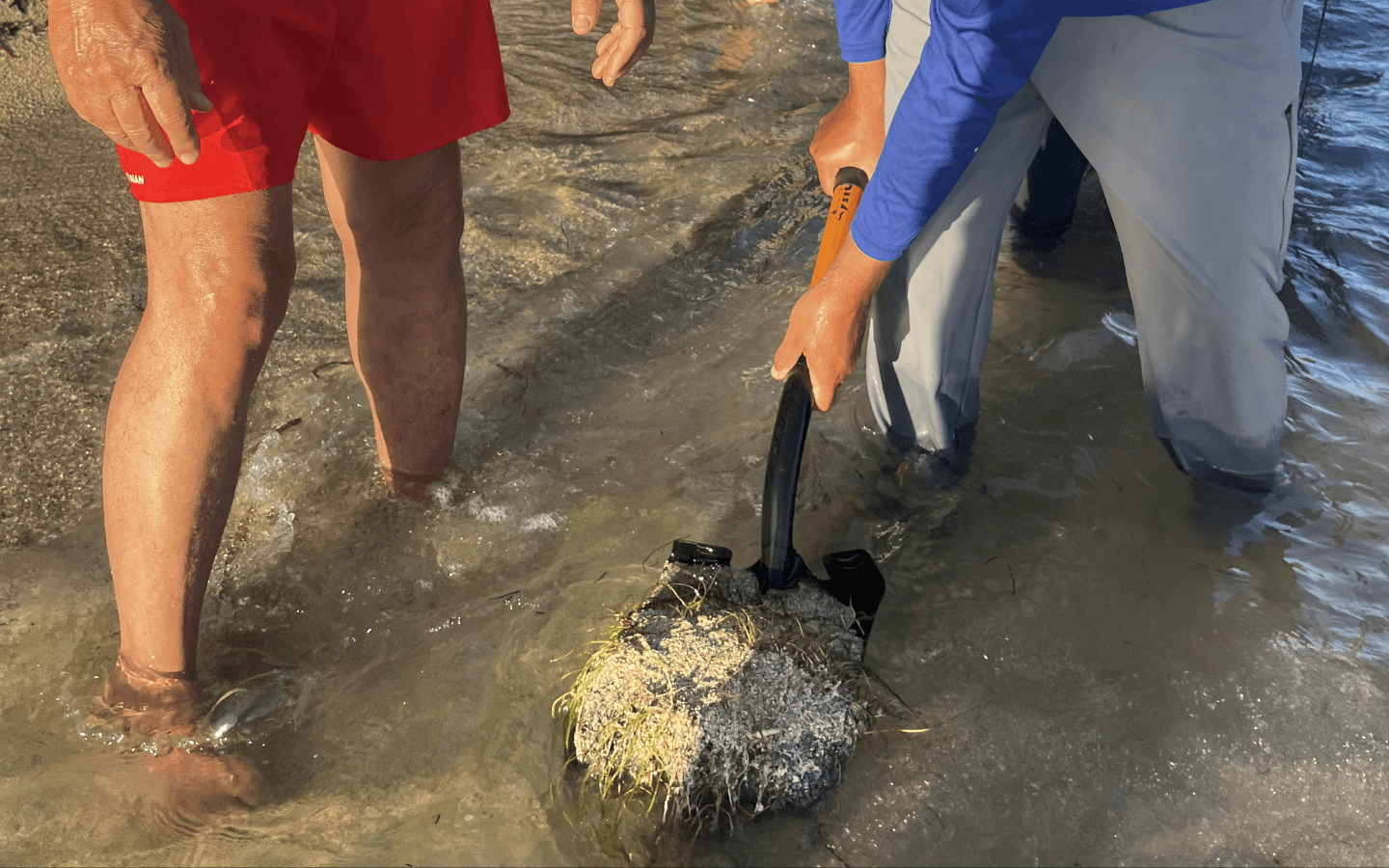
Challenge
Large workforces are required for the restoration efforts following recent extreme weather events (Hurricane Maria in 2017, Fiona in 2022 and Ernesto in 2024)
Solution
BoriCorps recruits and trains volunteer workers across Puerto Rico who are restoring forests, habitats and hydraulic flows, conducting trail maintenance, and performing coastal cleanups

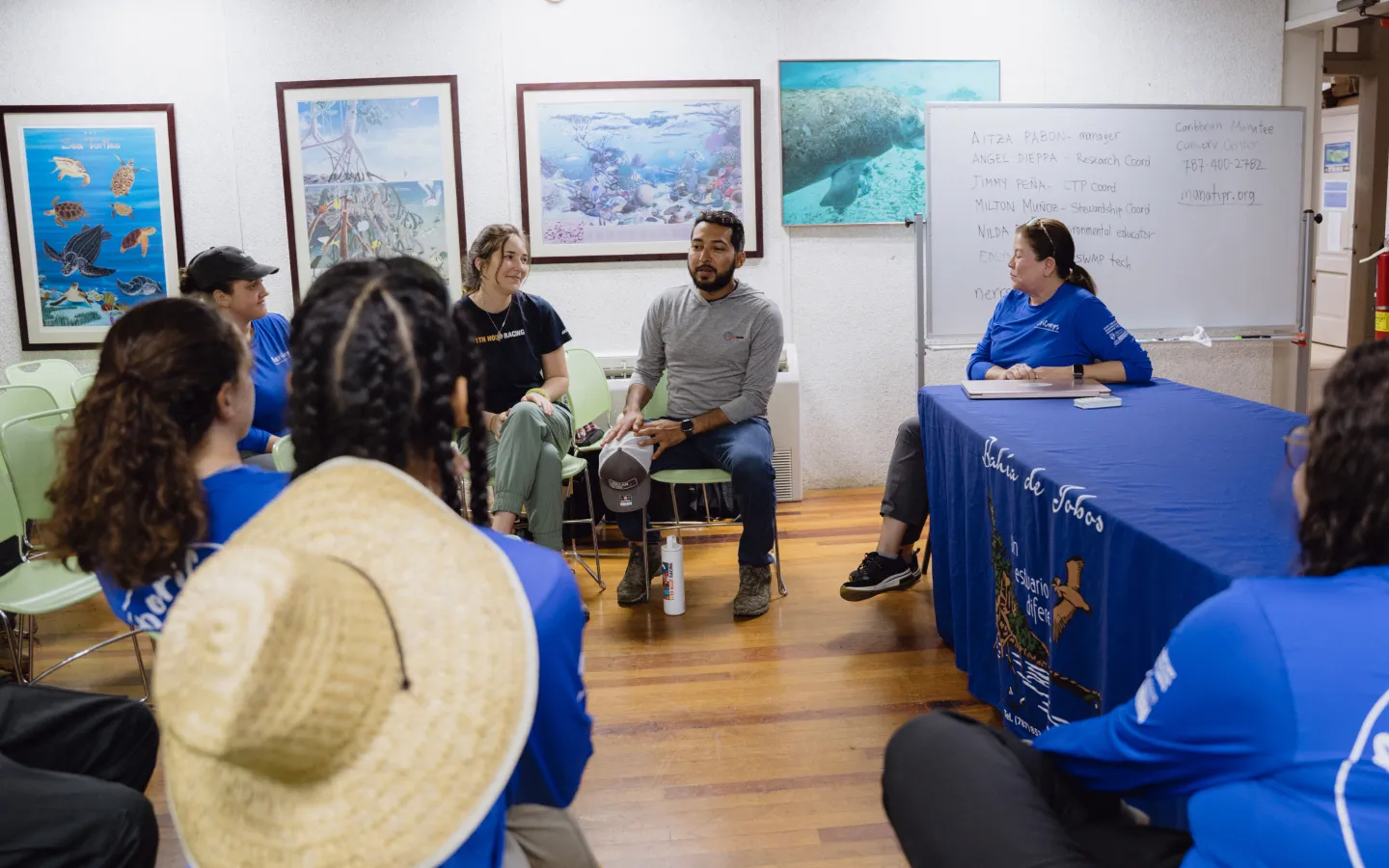
Challenge
Many young adults joining BoriCorps come in with little, if any, prior knowledge or training
Solution
Members complete 500+ hours of professionally-led hands-on field project training and earn various academic certifications (emergency response training; First Aid/CPR; workplace safety; Coastal Shoreline Restoration (UF/Master Naturalist/equivalent); FEMA Community Emergency Response Team (CERT))

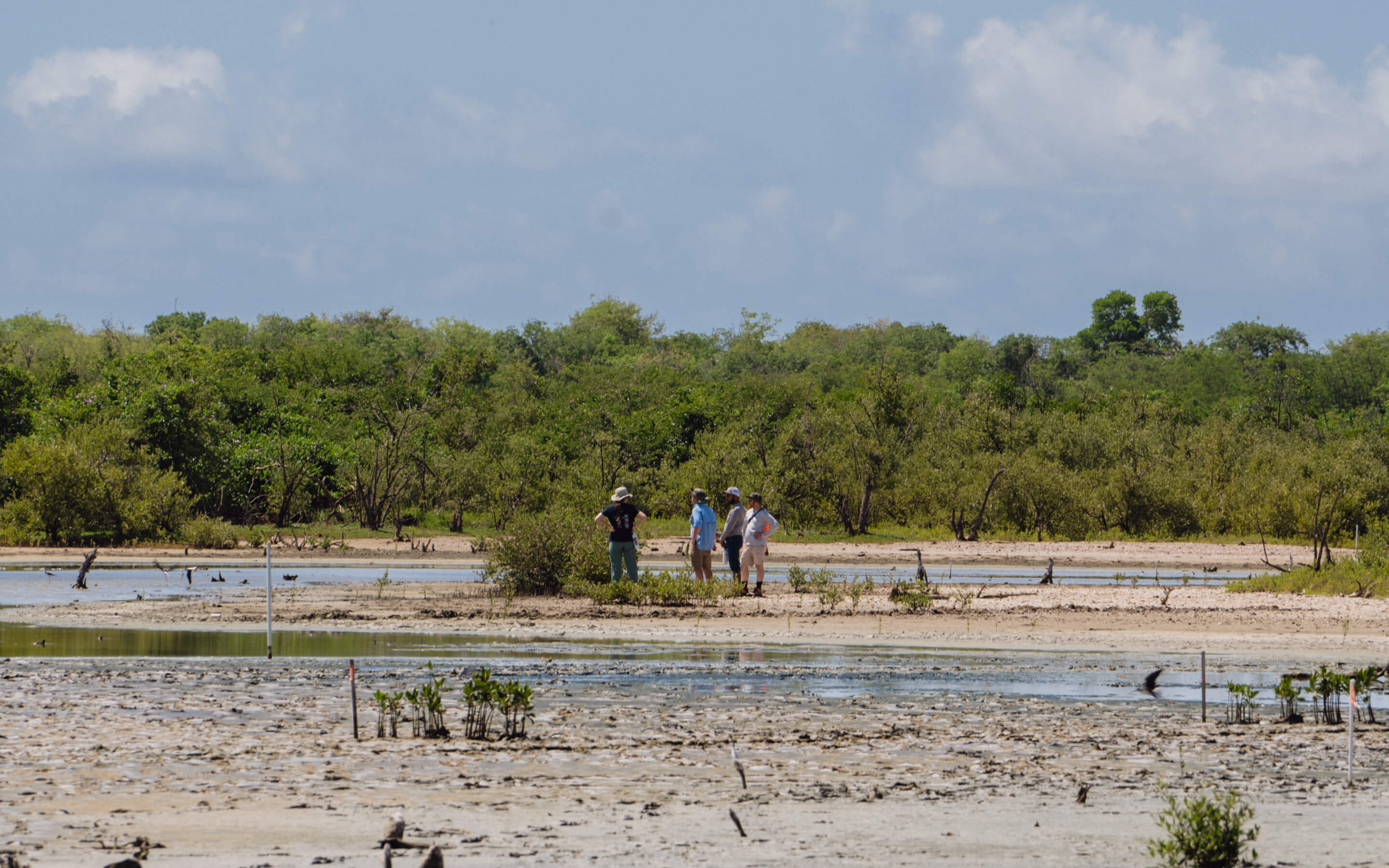
Challenge
Given the relative poverty levels in Puerto Rico, those living in under-resourced communities cannot afford to do unpaid volunteering roles
Solution
BoriCorps members receive a weekly living allowance, professional qualifications and regular training

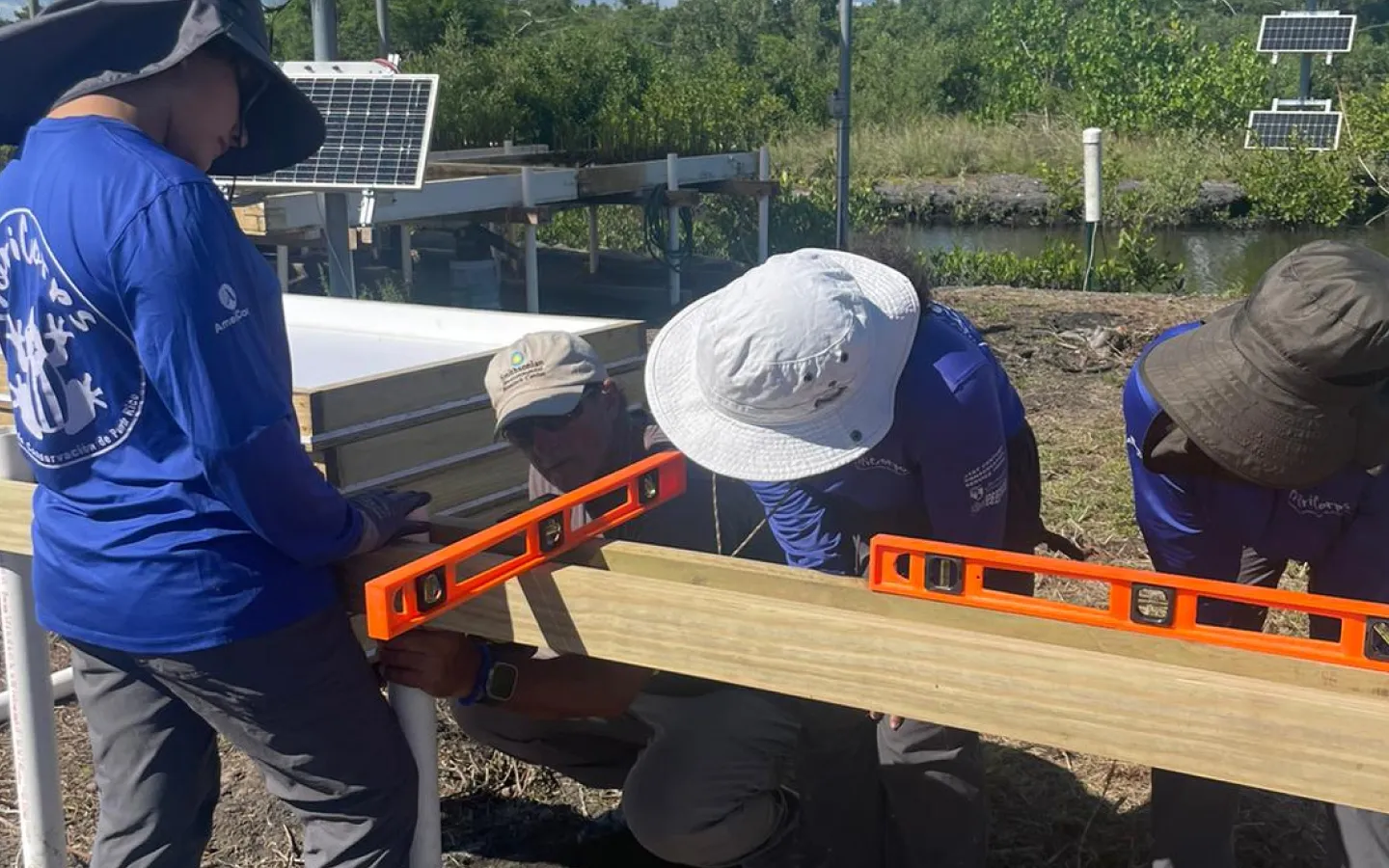
Challenge
Young people in Puerto Rico need opportunities to develop job and life skills
Solution
BoriCorps inductees learn all sorts of transferable skills, from proper workplace behaviors, communication, and teamwork to financial literacy, interview and leadership skills, and support to develop their resumes

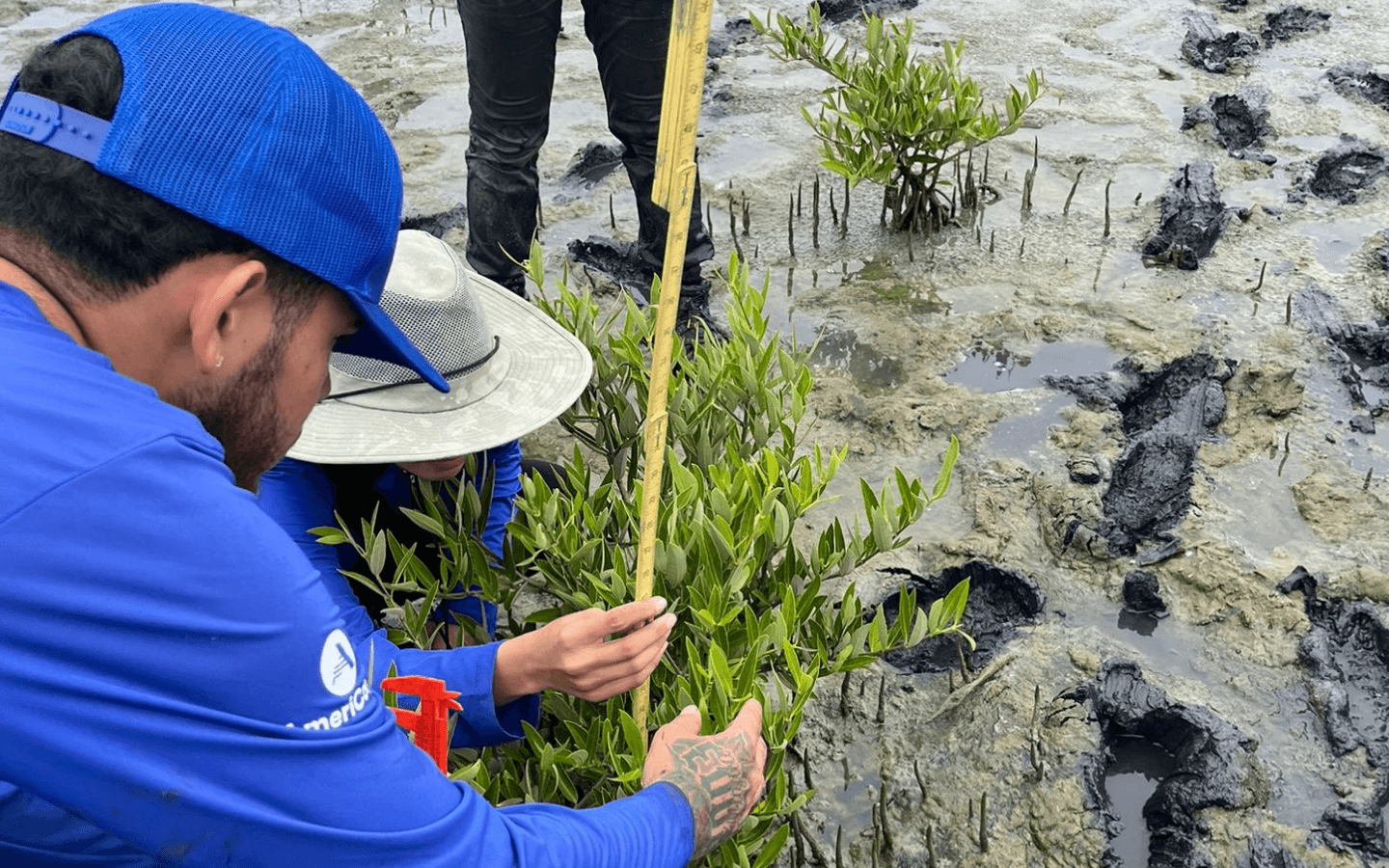
Challenge
Many natural hydraulic flows on the Puerto Rican coast have been disrupted by the impact of human activities over hundreds of years and an increase in storm events
Solution
Partnering with fellow 11th Hour Racing grantee The Ocean Foundation, BoriCorps is harvesting, propagating and planting 10,000 mangroves and clearing more than 1000 meters of fish channels to restore them in accordance with local scientific surveys


To date, the BoriCorps program has employed, trained and provided service opportunities to 300 young adults
Members have completed more than 500 hours of professionally-led, hands-on field project training
100% of BoriCorps members live less than an hour from the primary project sites
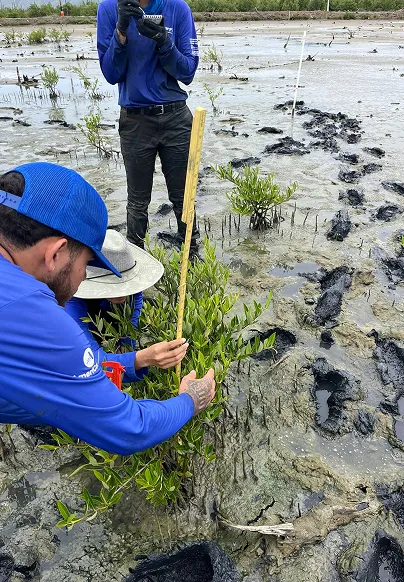

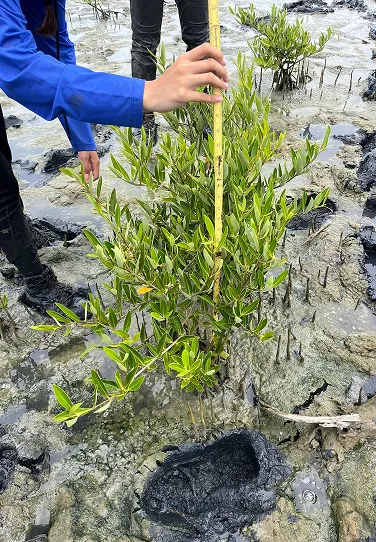
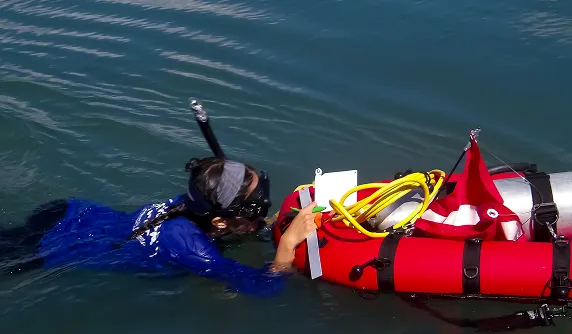
Meet the team
“If you value environmental restoration and climate resilience, you have to invest in people
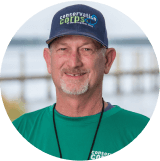
“I wanted us to create a Corps that will be for Puerto Rico by folks from Puerto Rico,
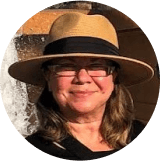
“When I got to the BoriCorps interview, I realized this wasn’t just a job.


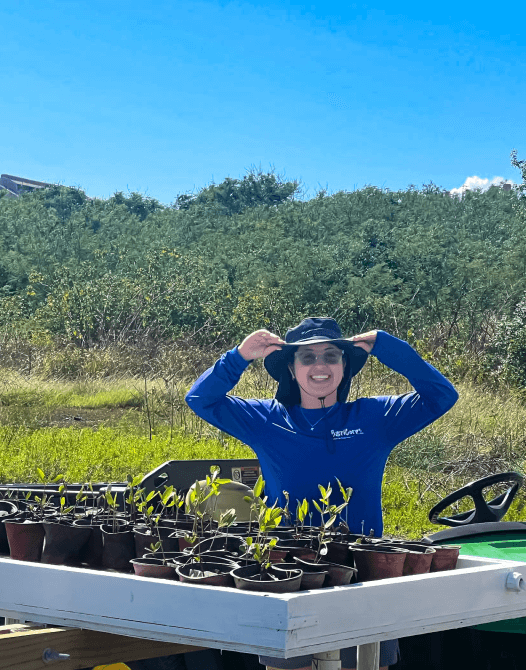
Nicole Pillot, BoriCorps Community Outreach Coordinator“We’re planting mangroves for the health and protection of the community, so involving them in the process helps them understand what we are doing and makes them feel like they are part of it. Every student who comes here plants a seed in our nursery and keeps that memory in their heart.”
In just the four years since it was established, BoriCorps has already become a community asset to make all Puerto Ricans proud - educating young people while helping them build their future. It will continue to draw and nurture talent from the very communities it serves, all while supporting the crucial restoration projects across this beautiful island.
Follow BoriCorps now to find out the latest on their projects and learn more about their work.
Conclusion
A Living Blueprint for Coastal Resilience
Puerto Rico stands as a powerful example of how communities can respond to climate impacts, not only with urgency but with vision. Faced with the increasing intensity of storms and a legacy of ecological damage, the island is embracing a strategy that looks to nature itself for solutions — replanting mangroves, restoring coastal habitats, and rebuilding ecosystems that act as buffers against the next disaster.
This work, however, is not easy. For the organizations leading these efforts, the challenges are real: limited funding, long permitting timelines, bureaucratic hurdles, volunteer burnout, and the emotional weight of returning to storm-damaged landscapes time and time again. Despite these obstacles our grantees persevere — driven by deep local knowledge, community trust, and an unshakable commitment to protecting what matters.
Their efforts go beyond physical restoration. They are training youth and community members, creating job opportunities, reviving traditional ecological knowledge, and cultivating a sense of shared stewardship across generations. This work strengthens the natural defenses of Puerto Rico and the social and cultural fabric that allows communities to withstand and recover from crisis.
These projects offer more than just local solutions — they provide a replicable model for other coastal regions grappling with similar challenges. By rooting resilience in science, community engagement, and a deep respect for place, Puerto Rico is showing what is possible when people and nature work in concert.
This is the kind of climate action that lasts — not imposed from the outside but grown from within. The path ahead will not be easy but with continued investment, collaboration, and leadership from those who know the land and sea best, Puerto Rico is building stronger shores — and a more resilient future — for all.
Now, it’s over to you. Get involved and stay up-to-date by:


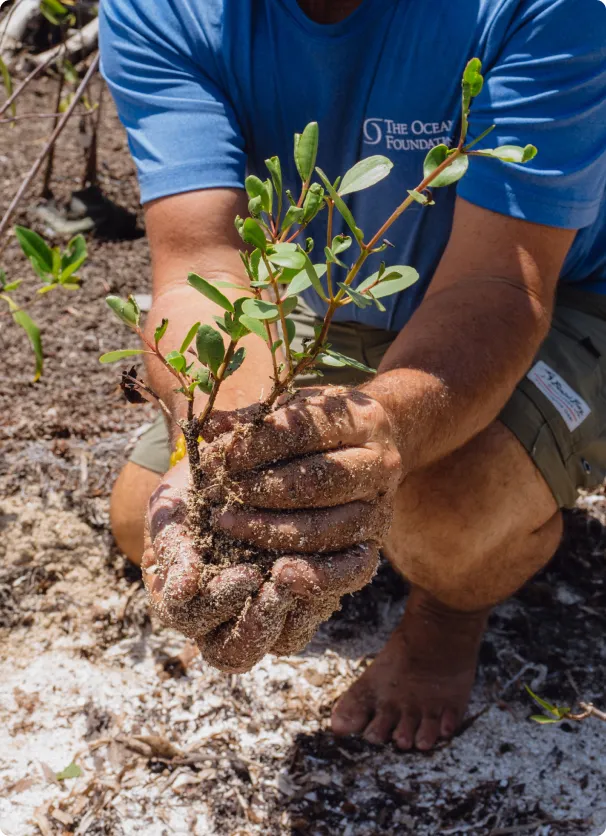
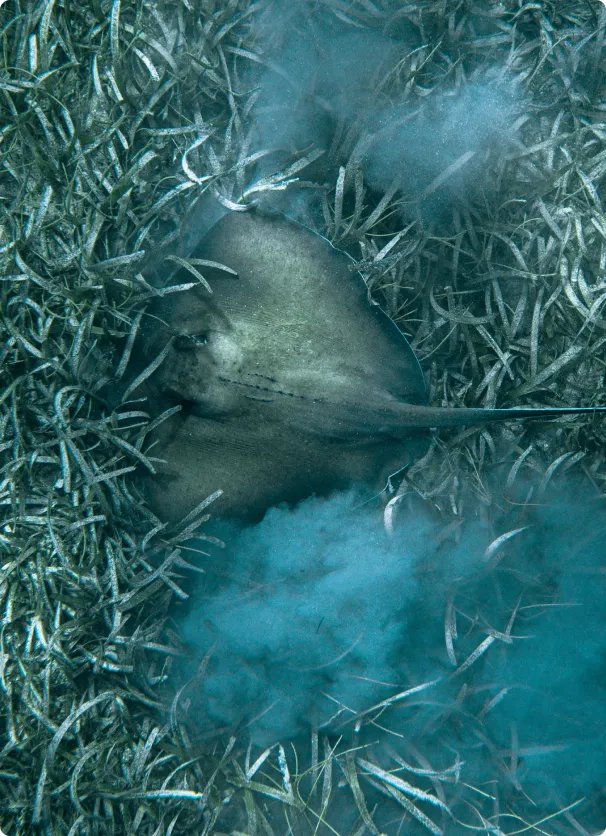
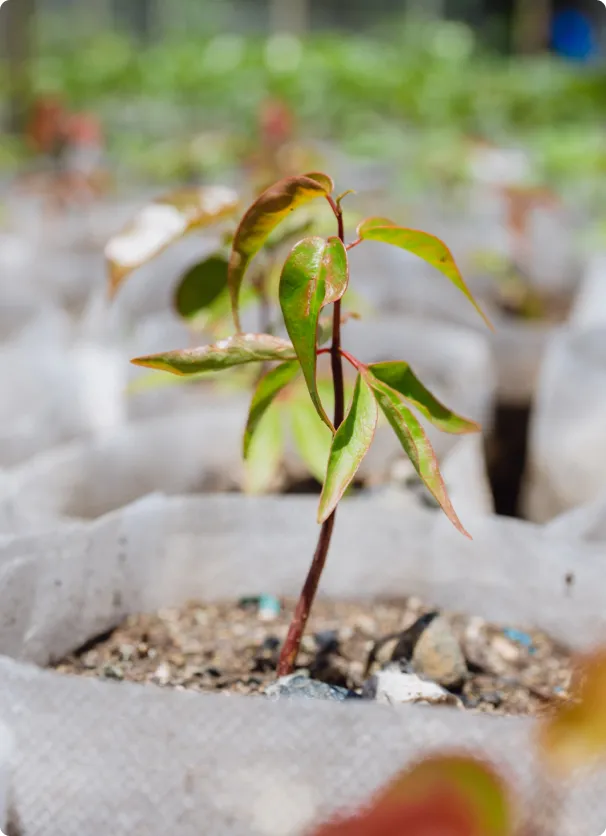
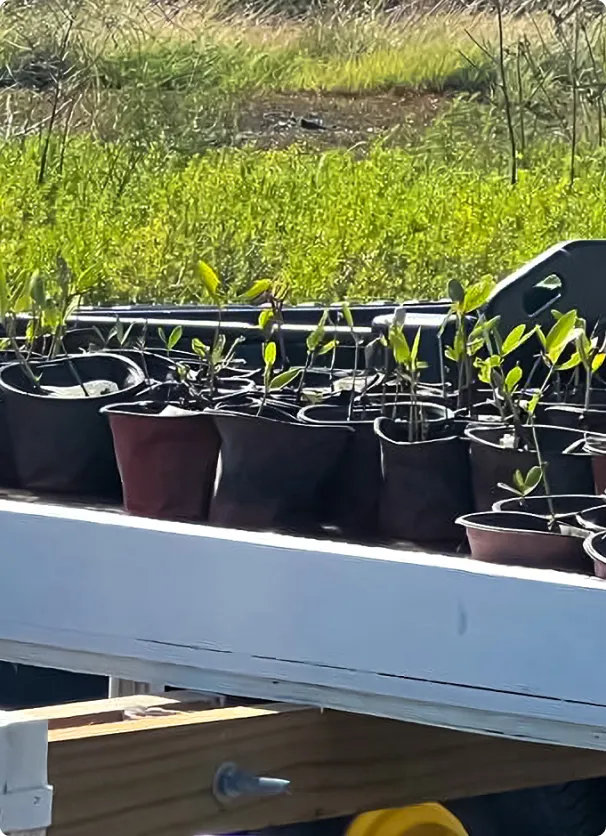



.jpg)